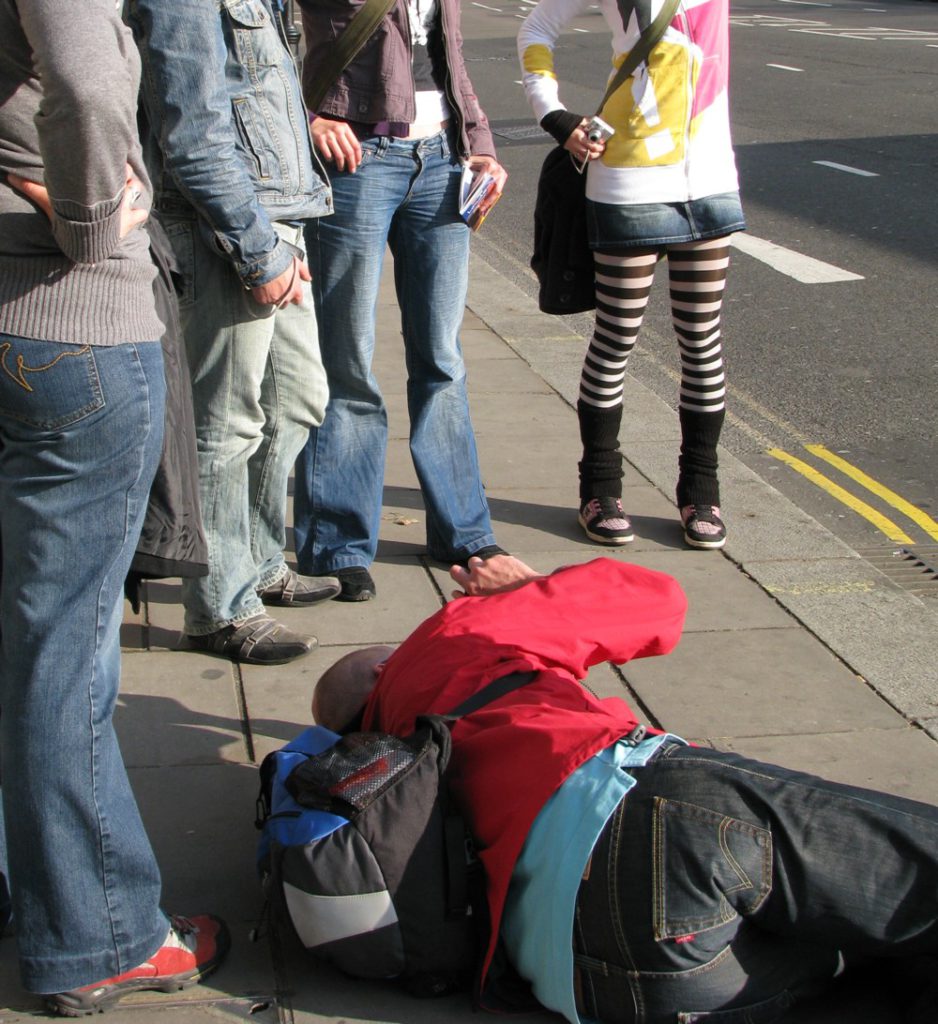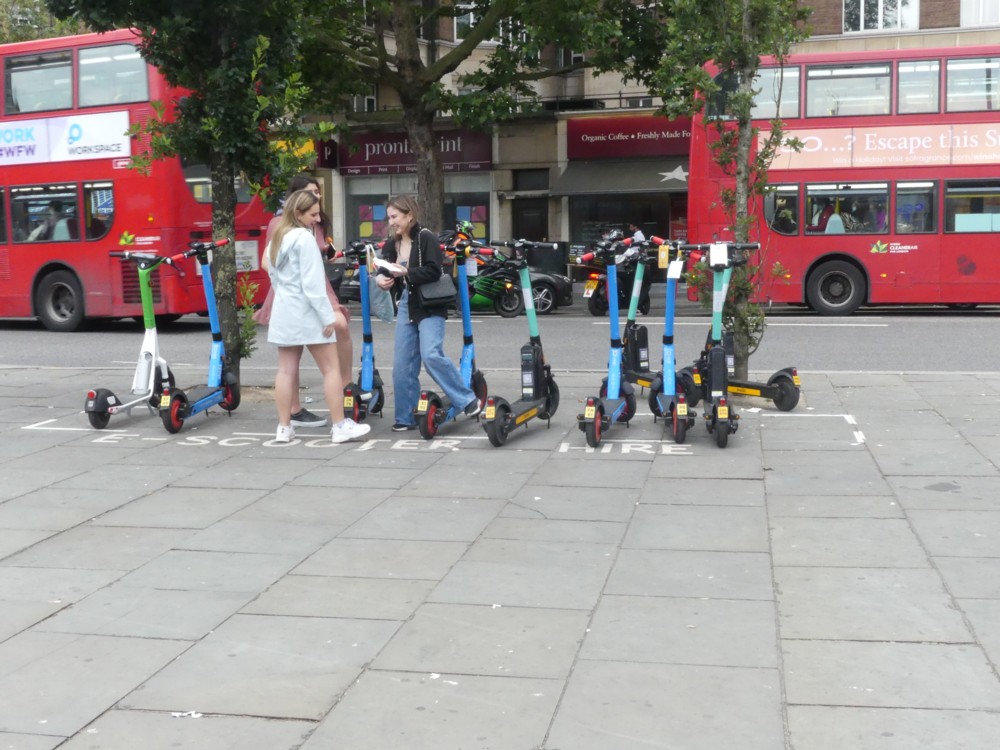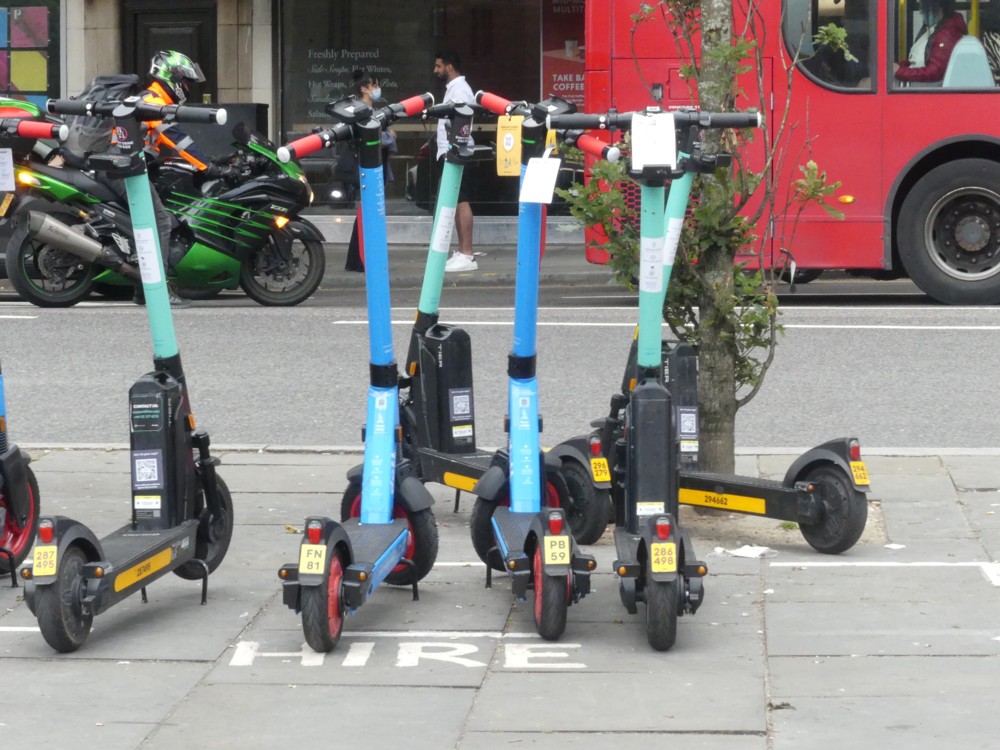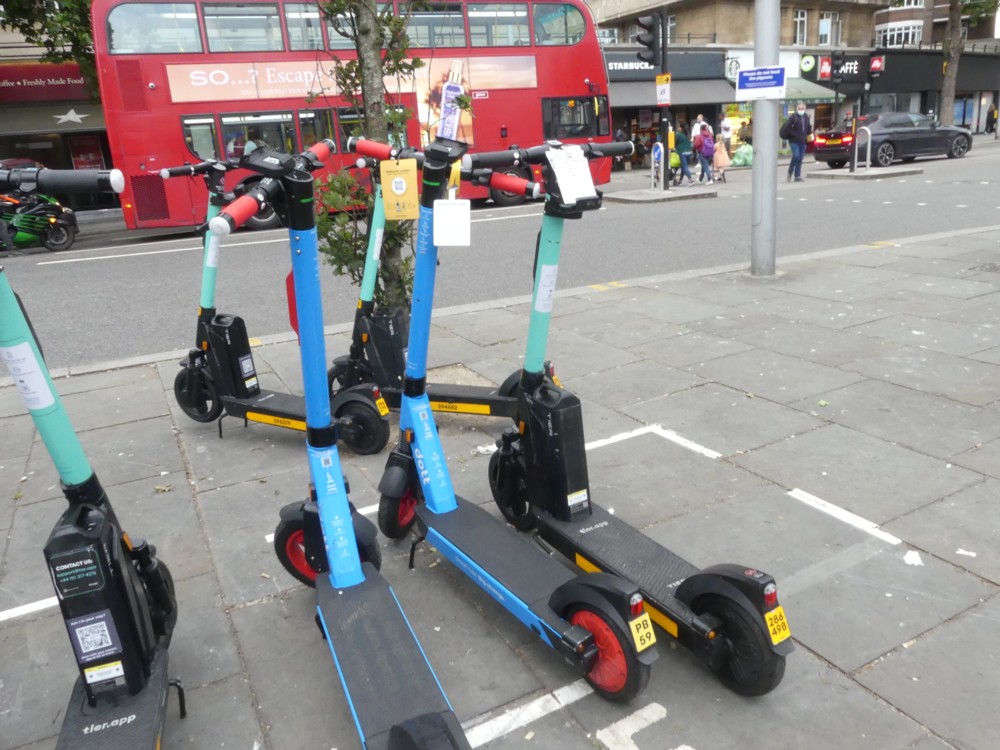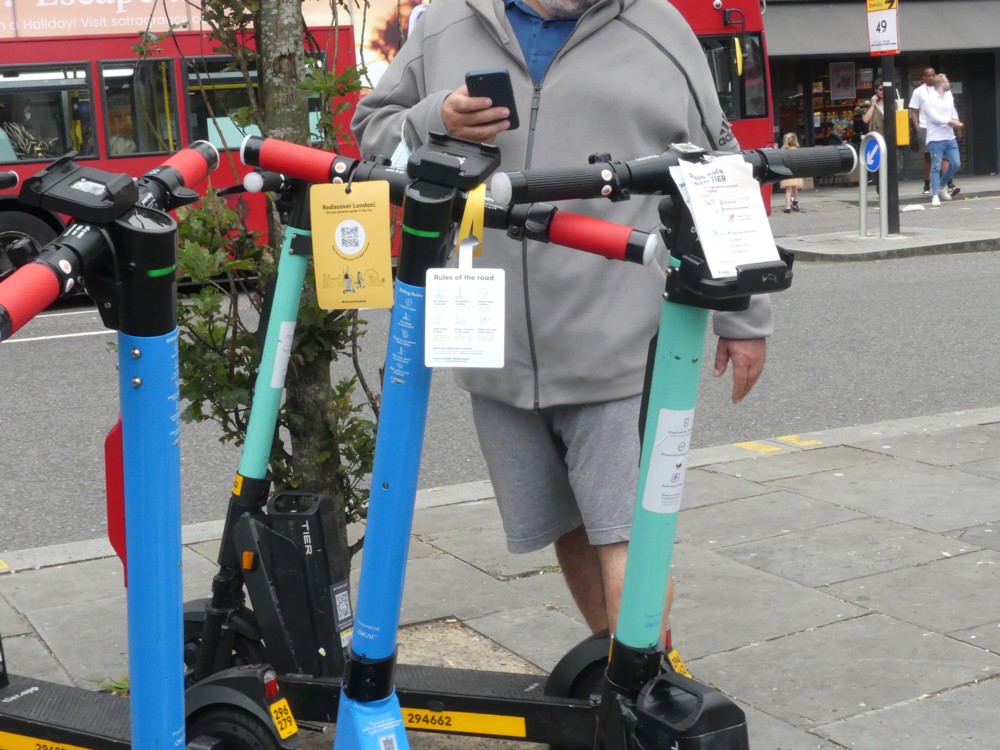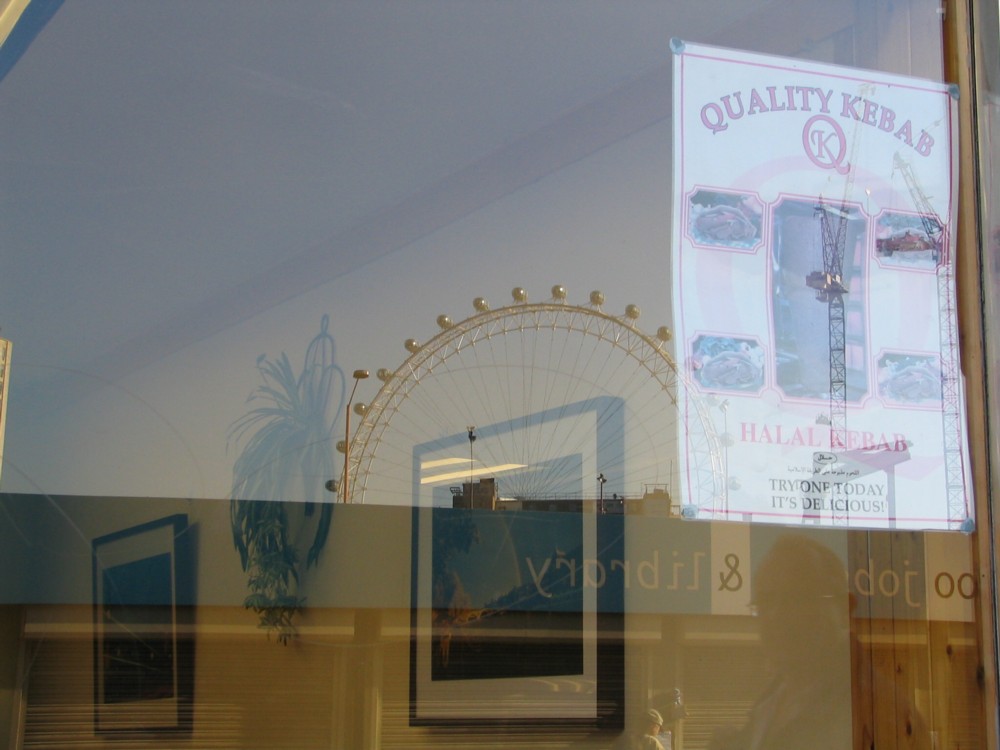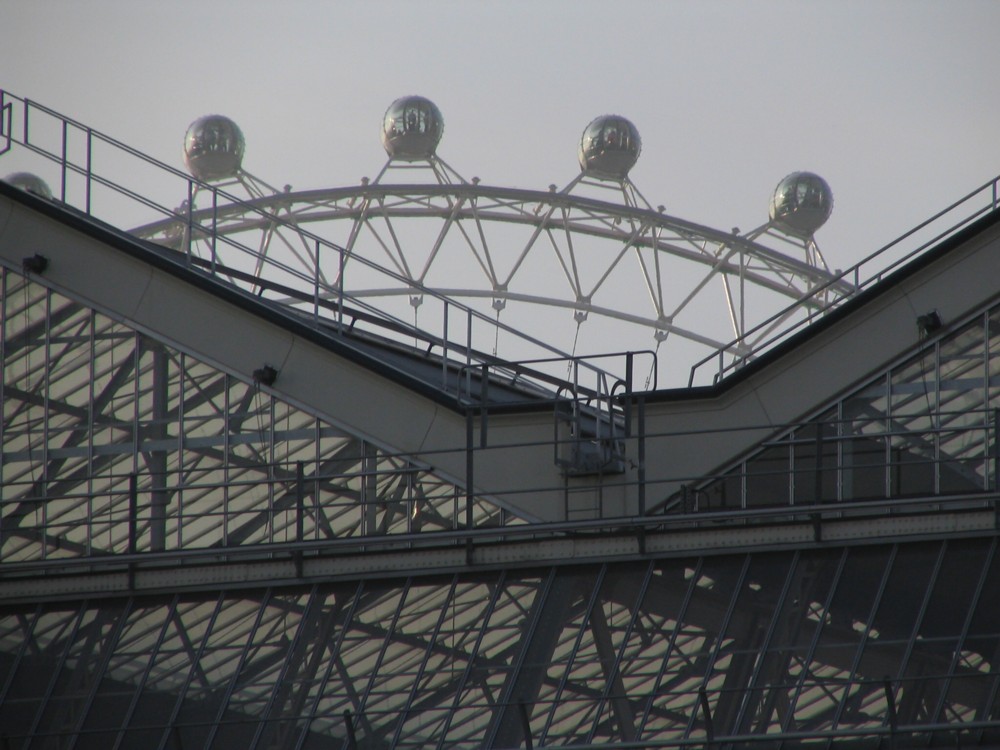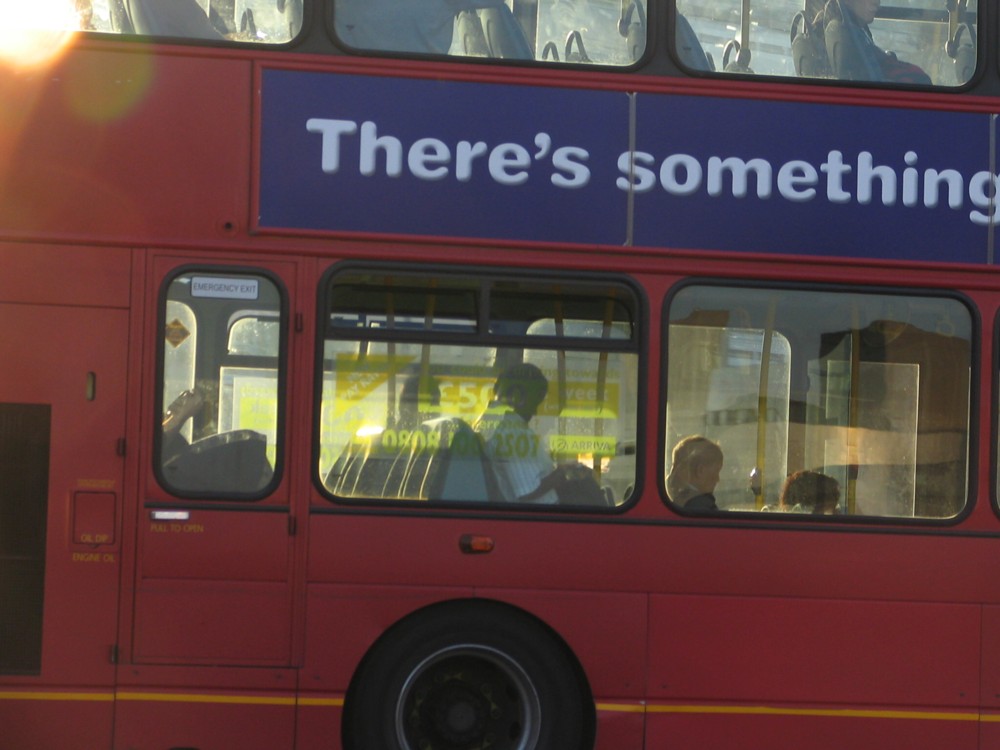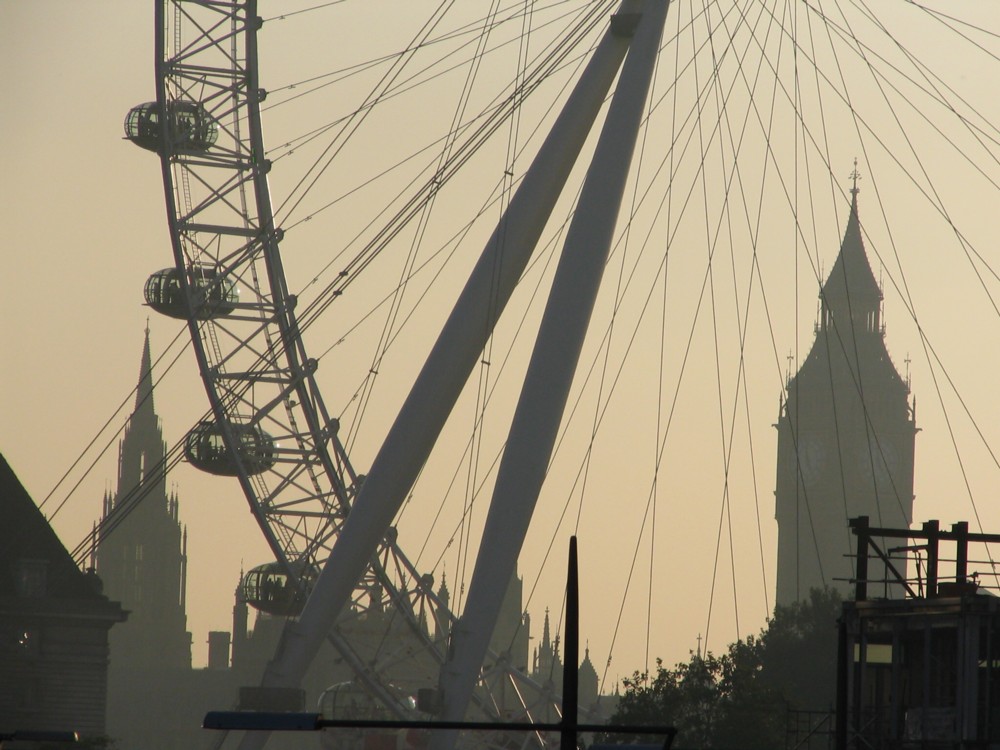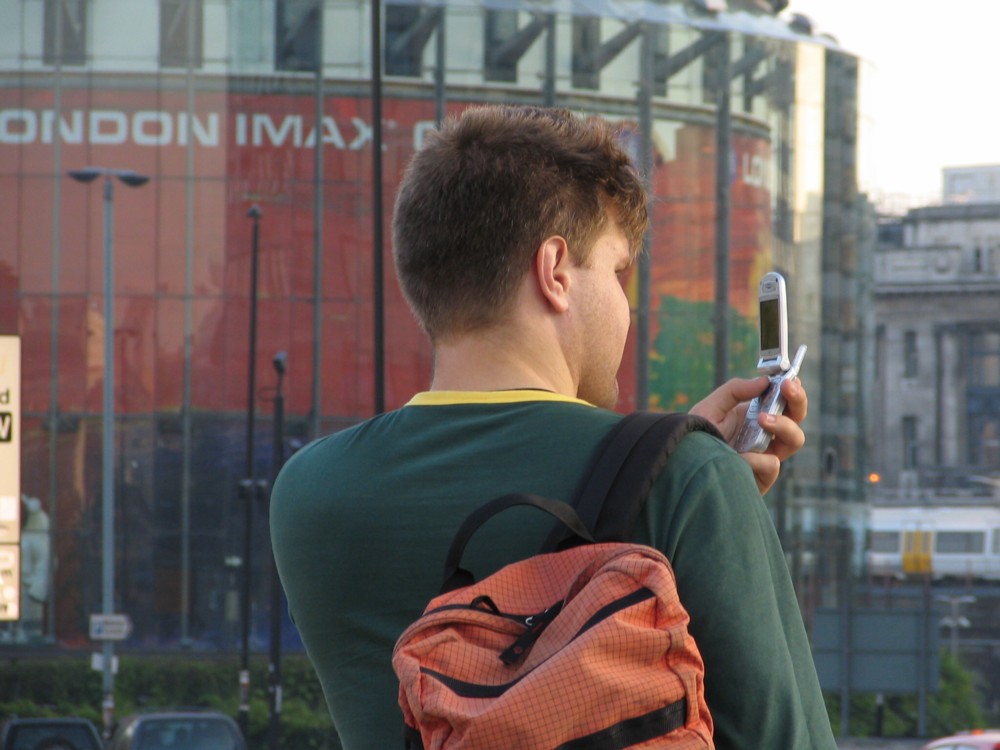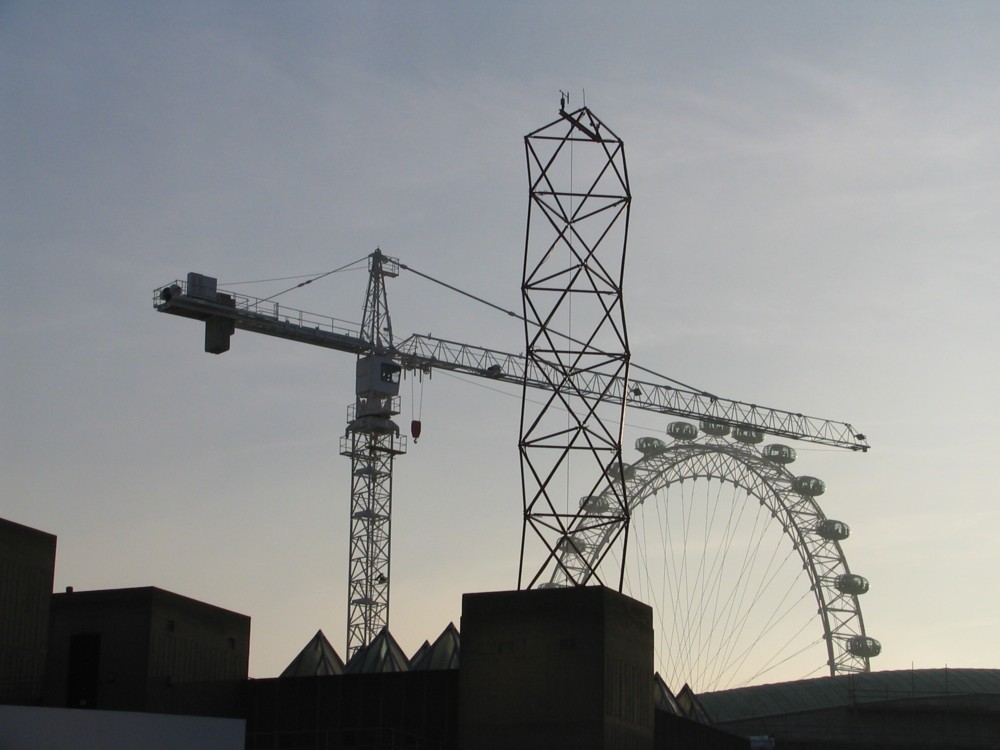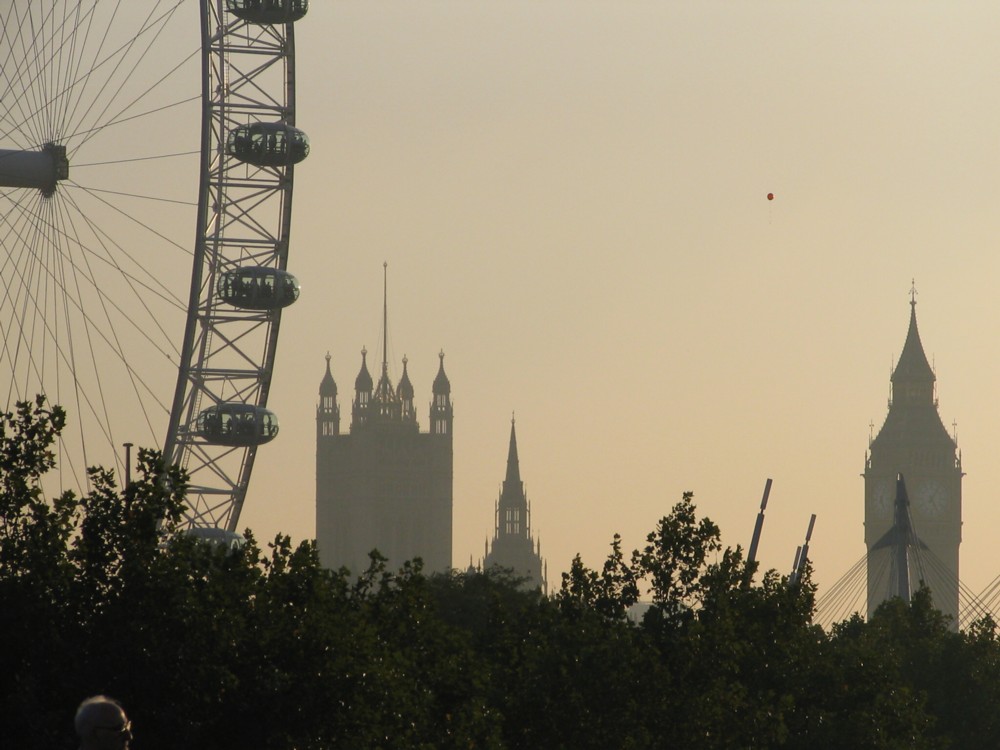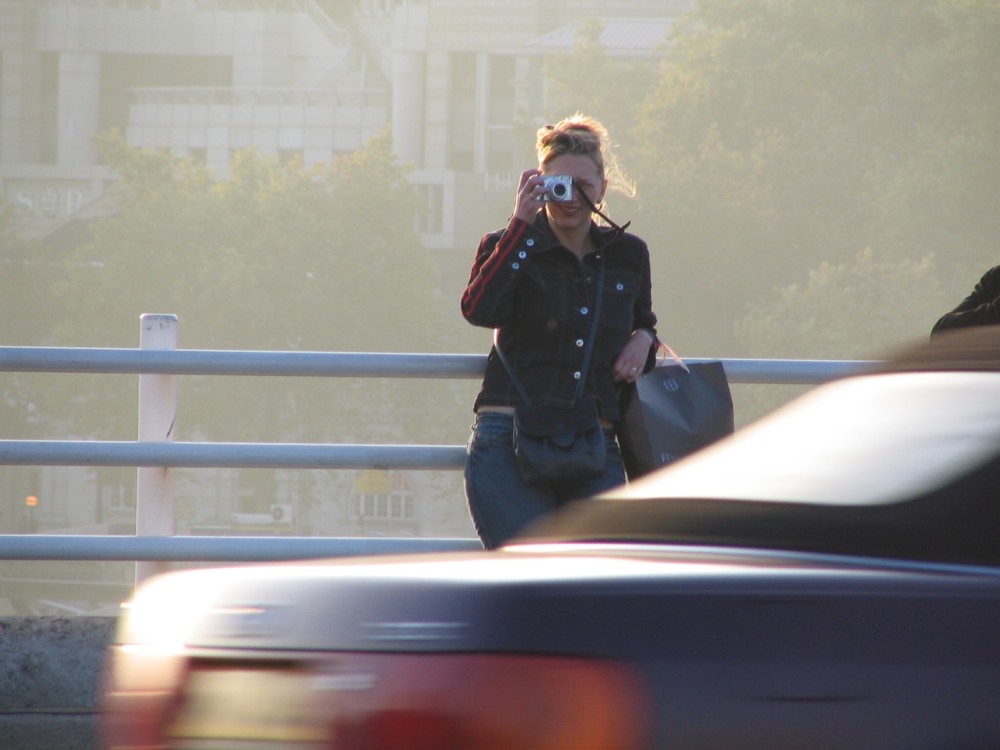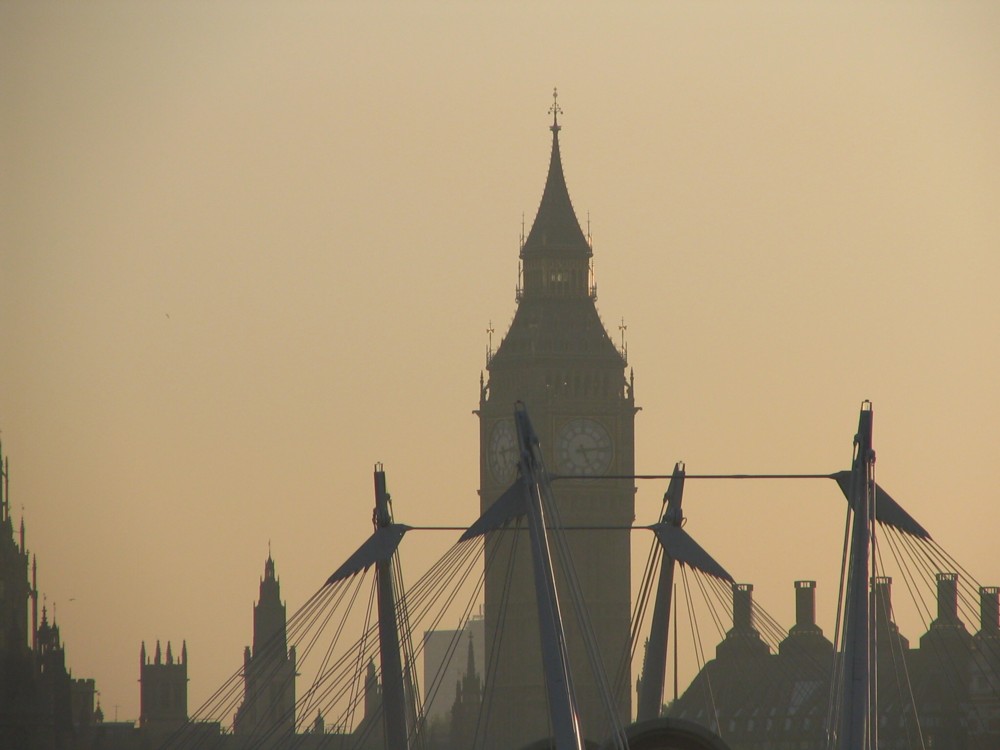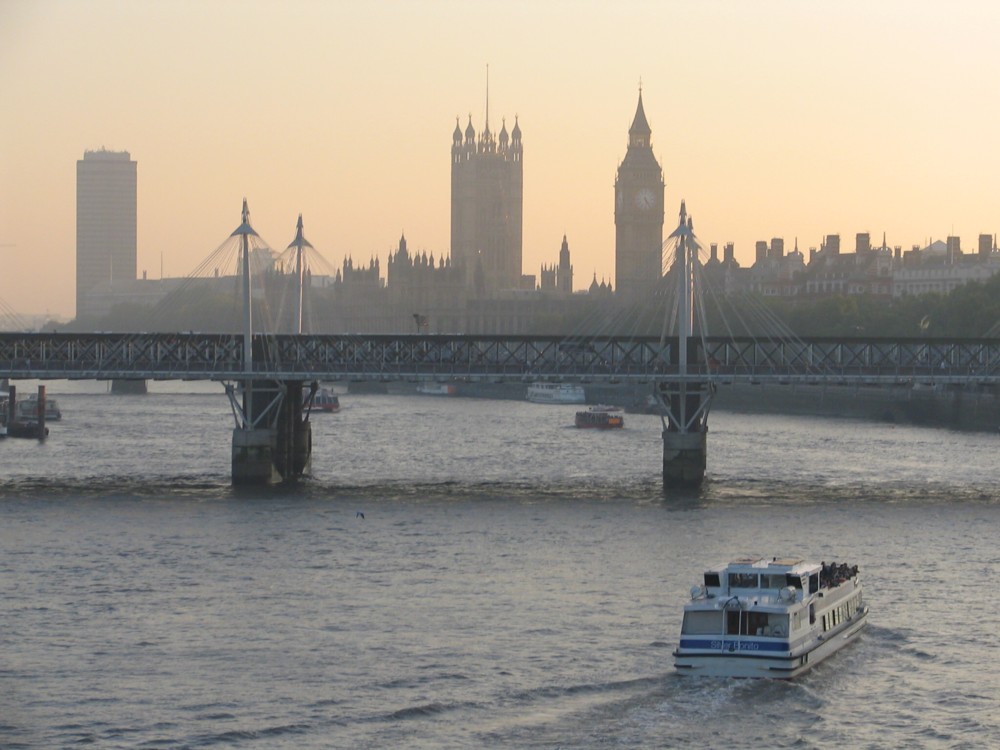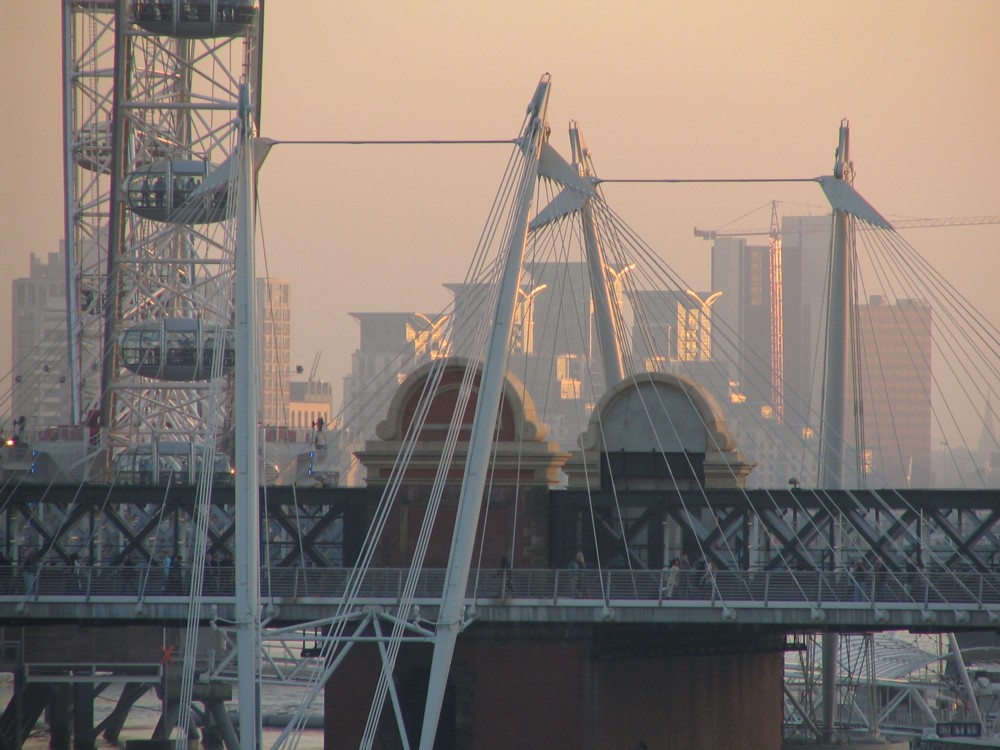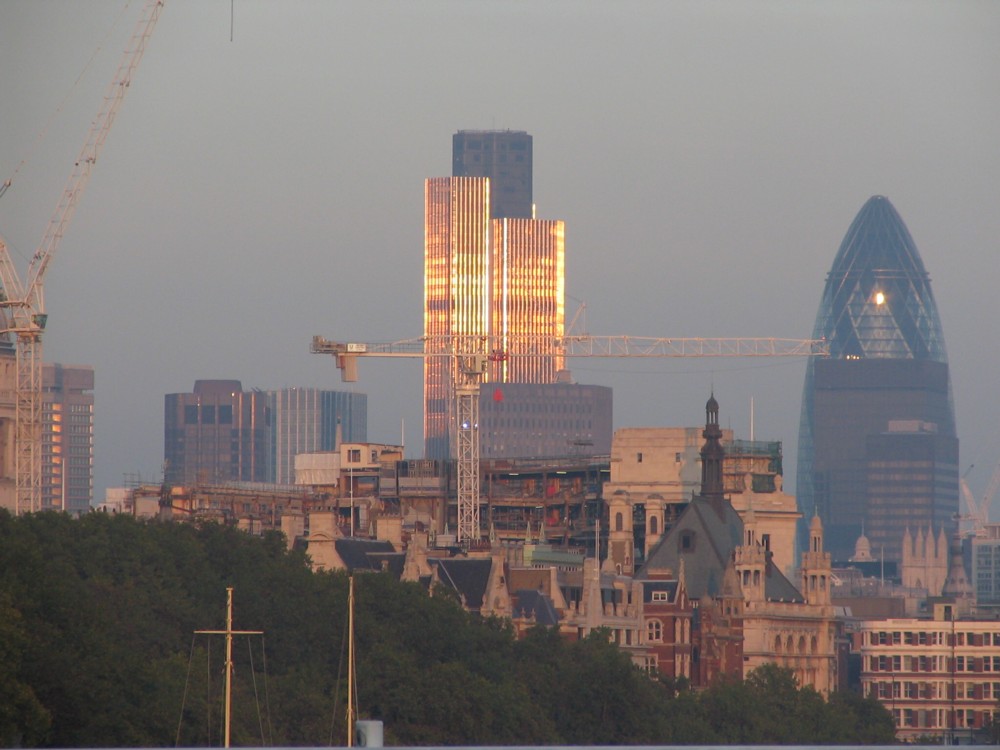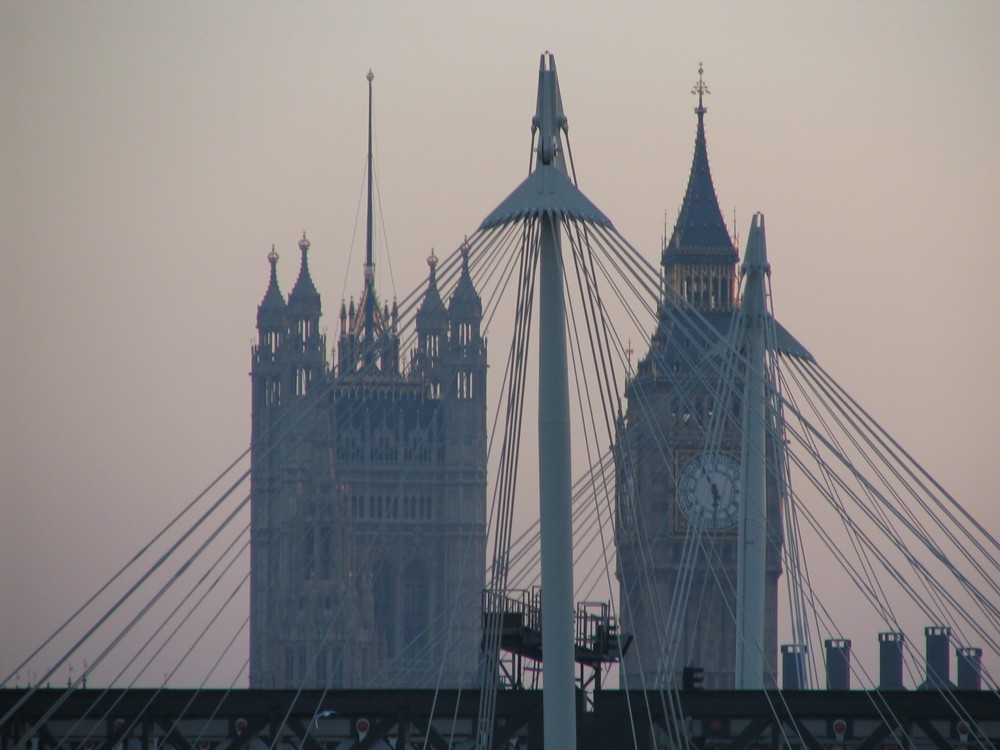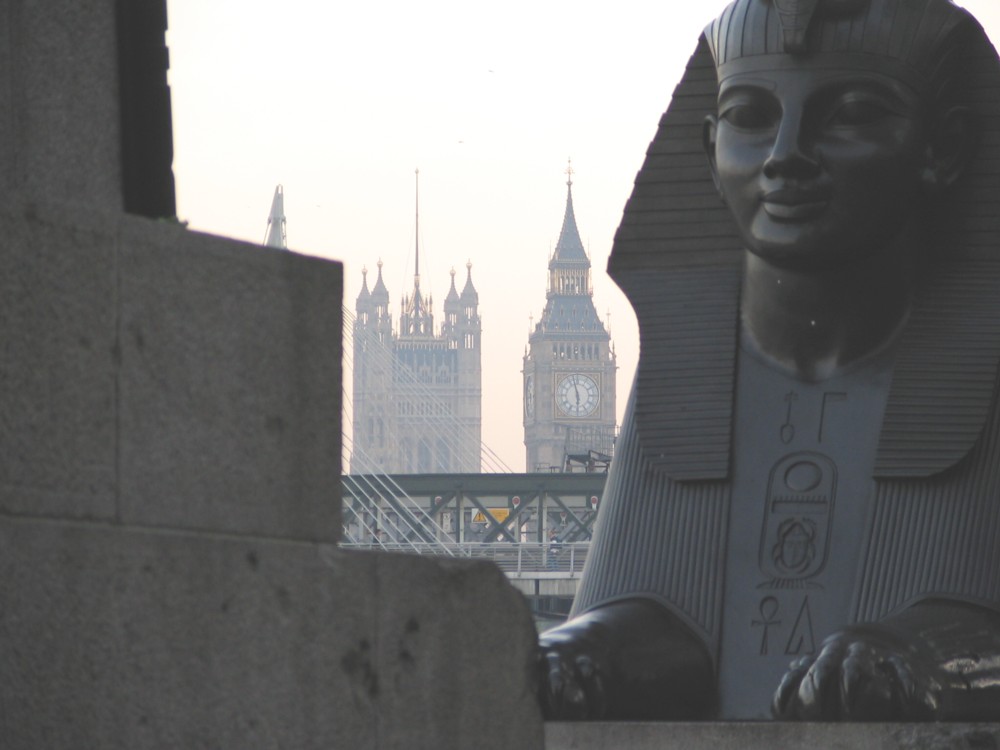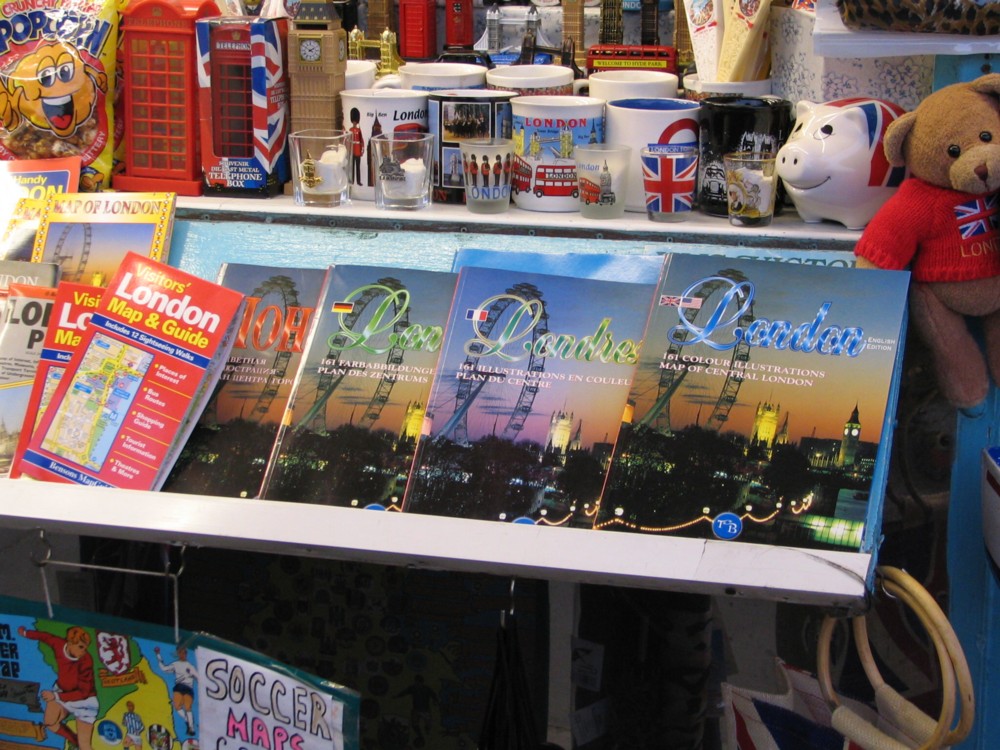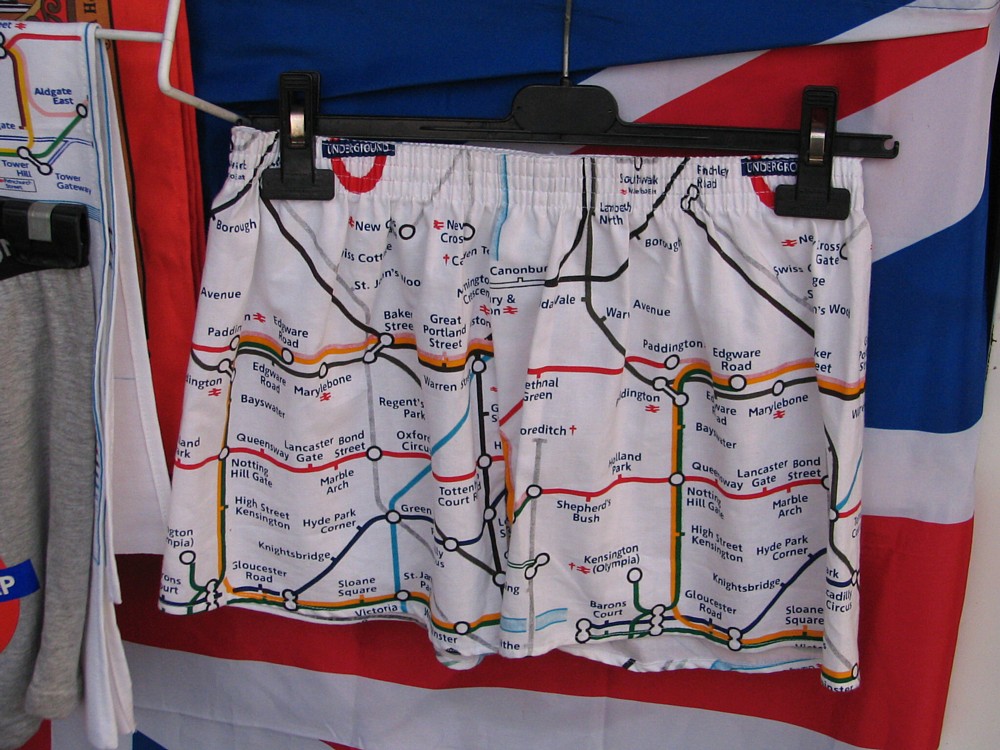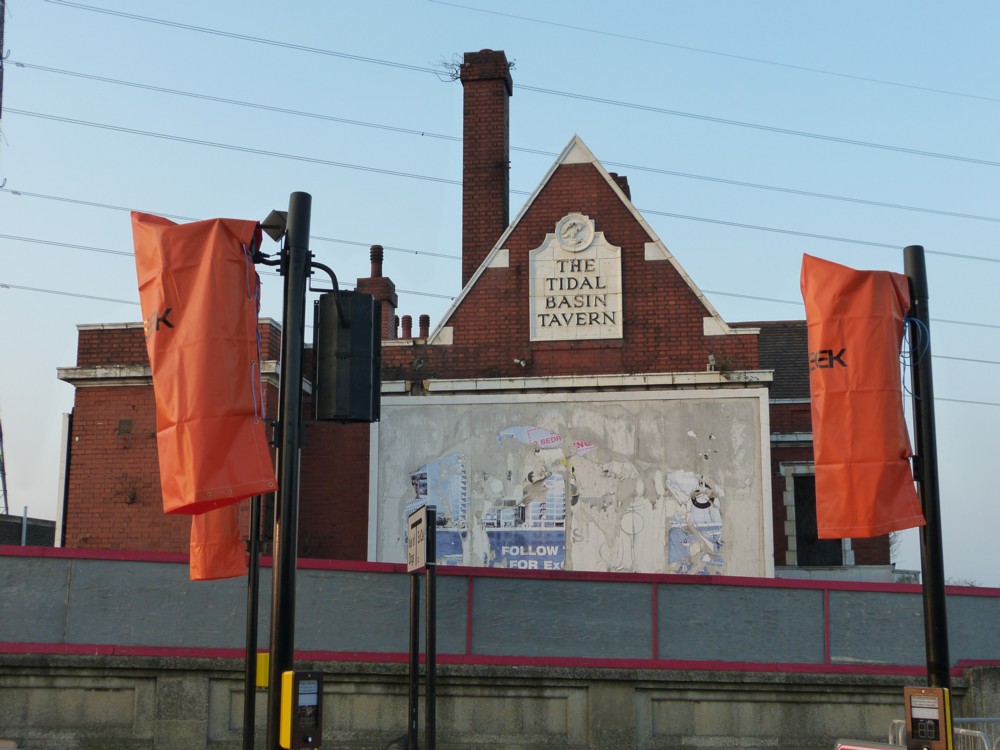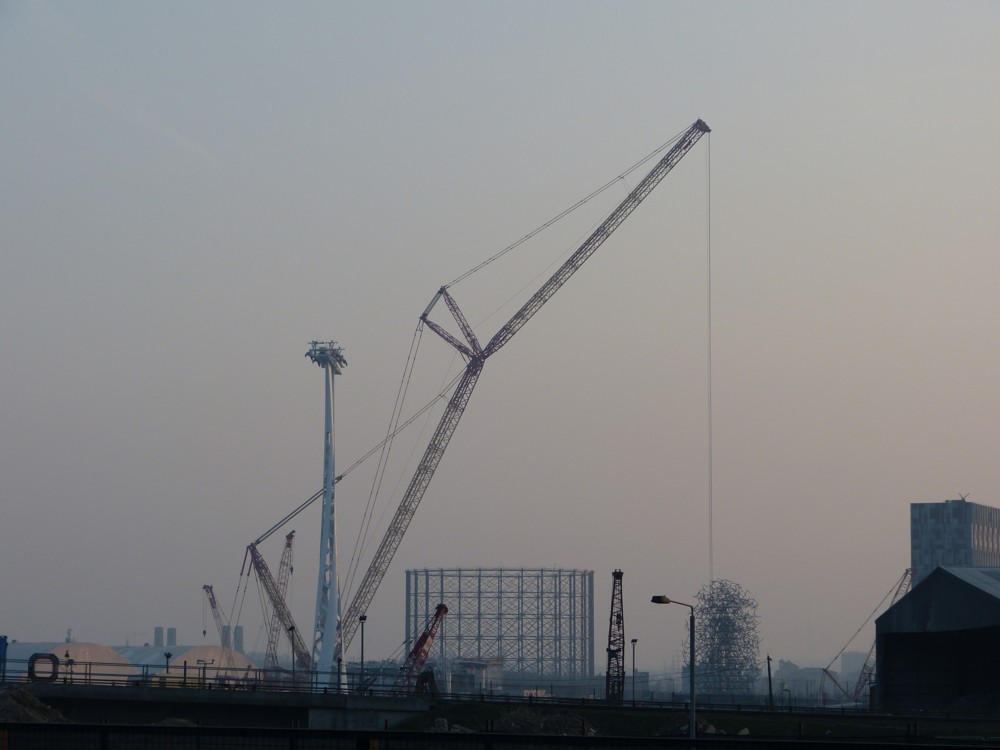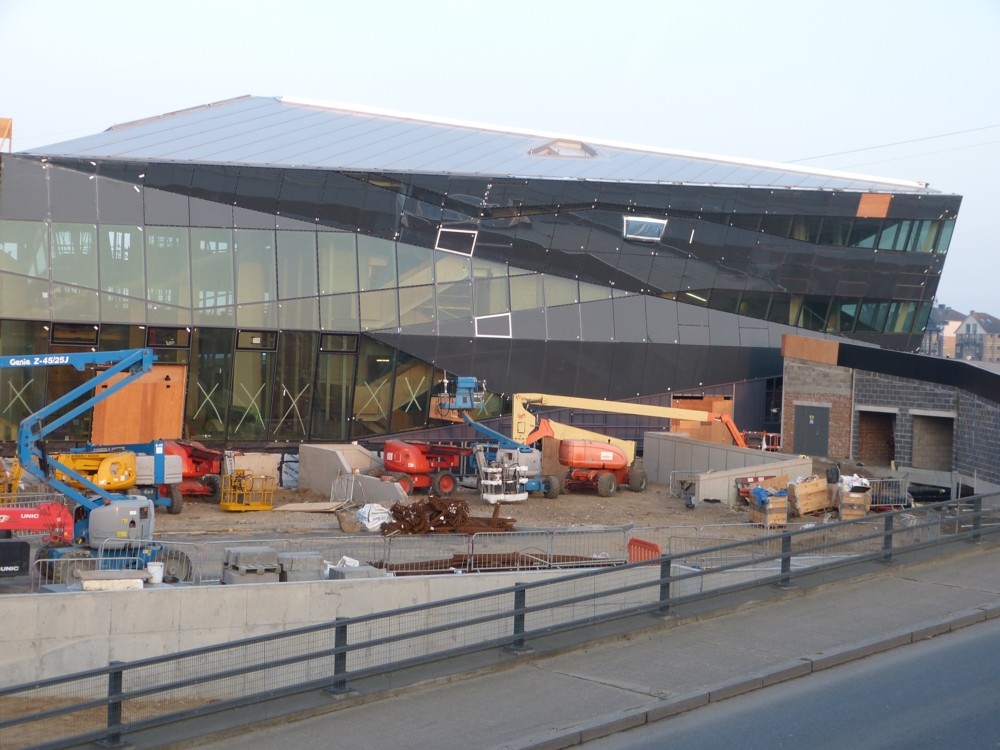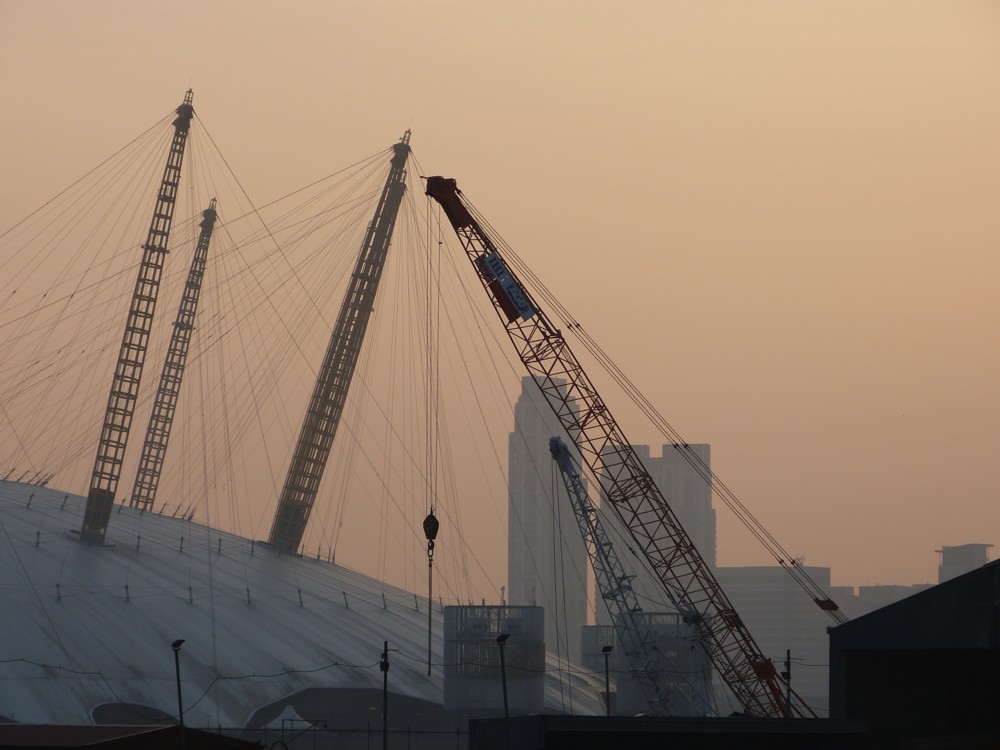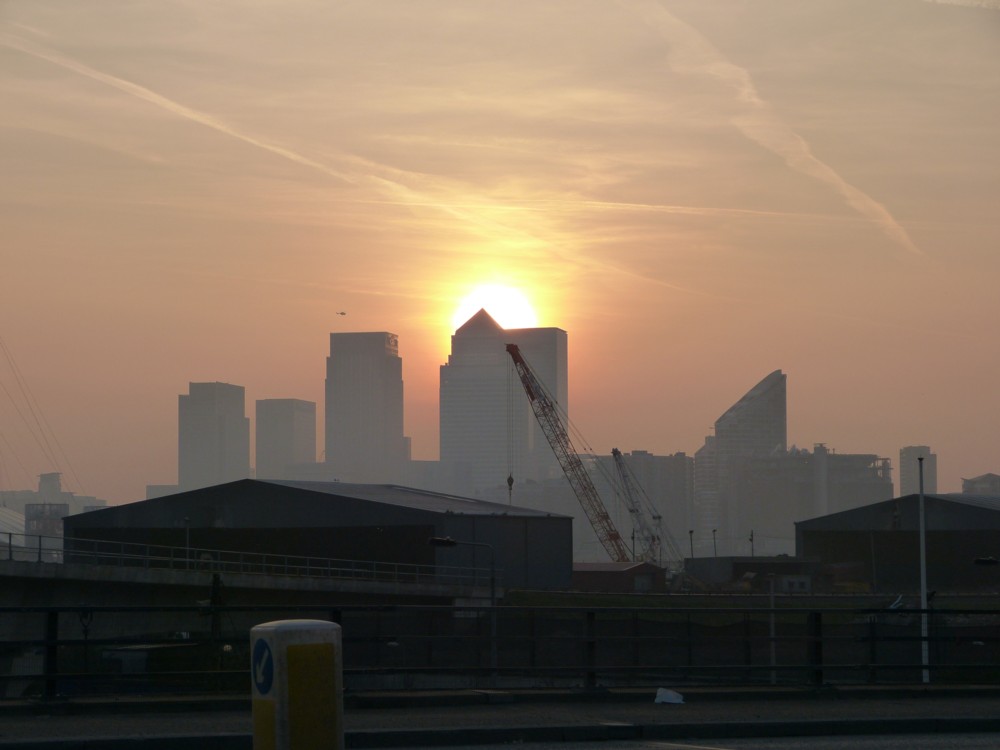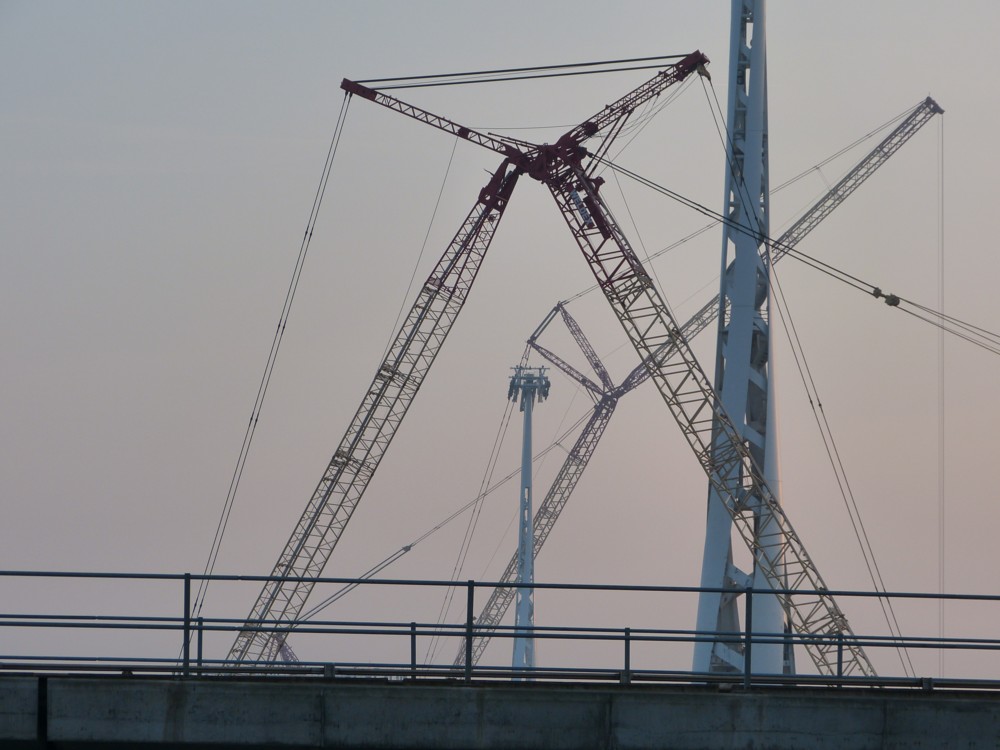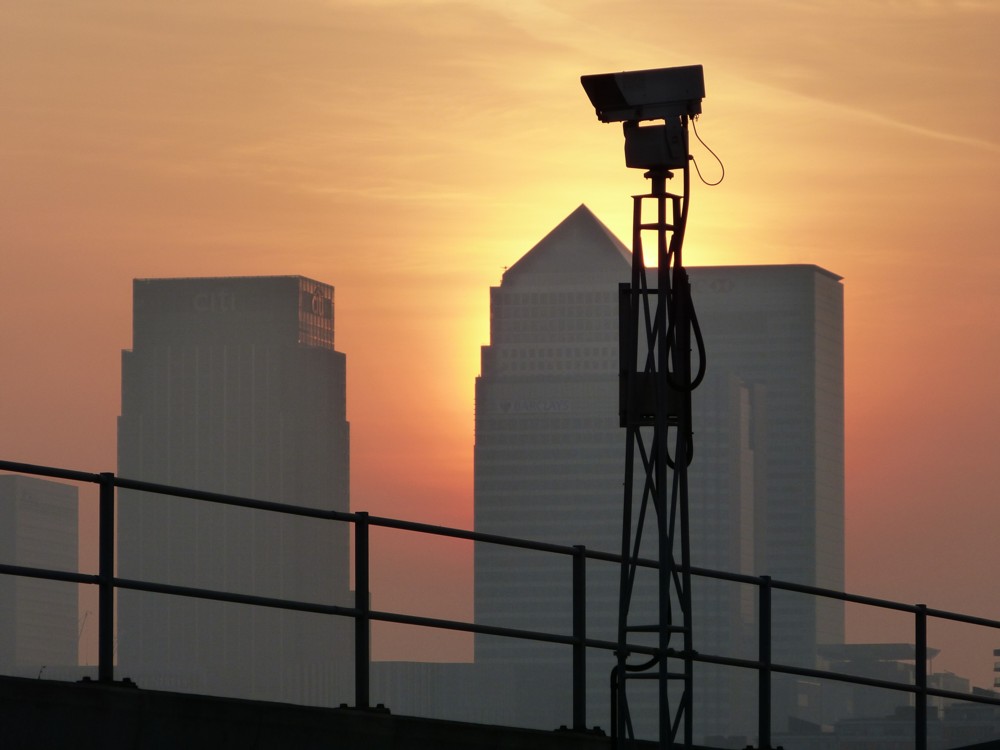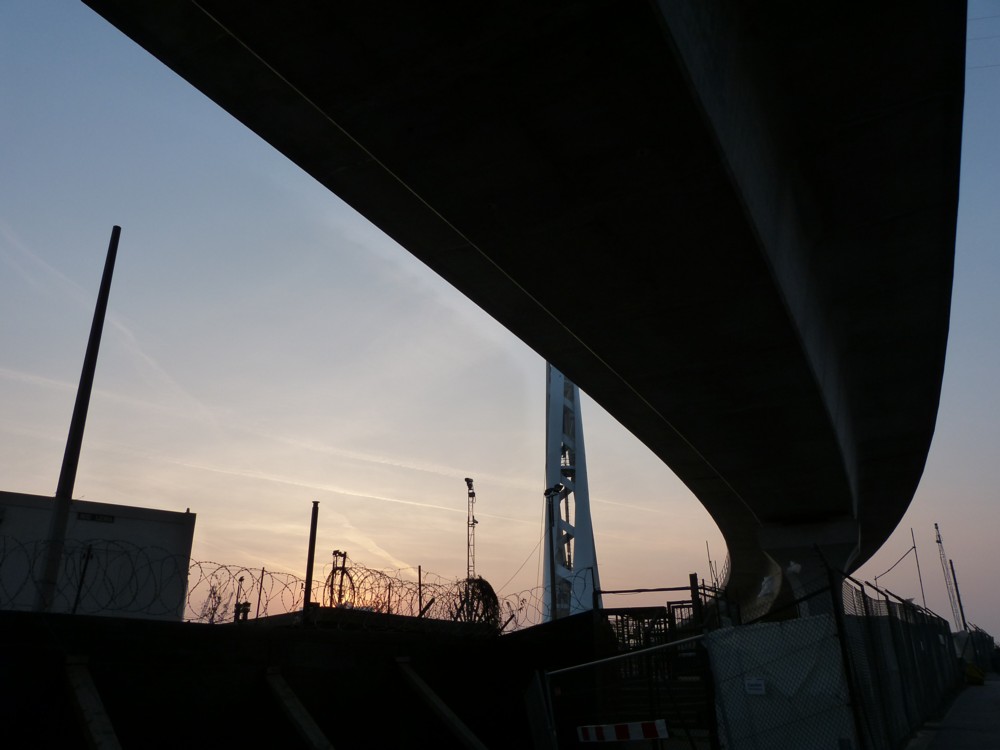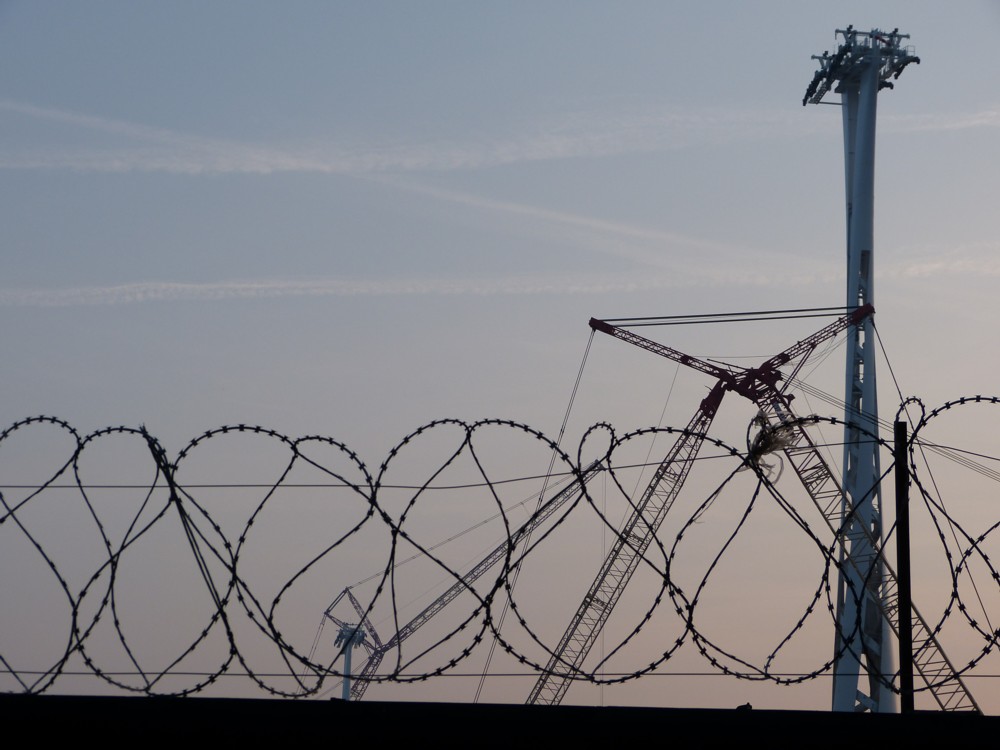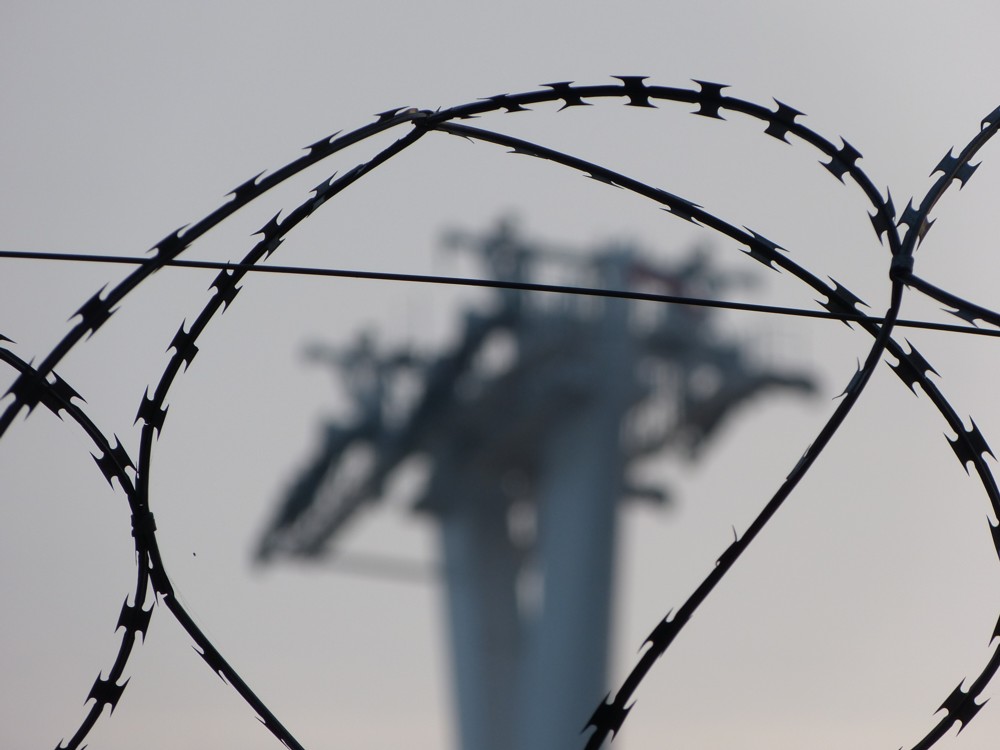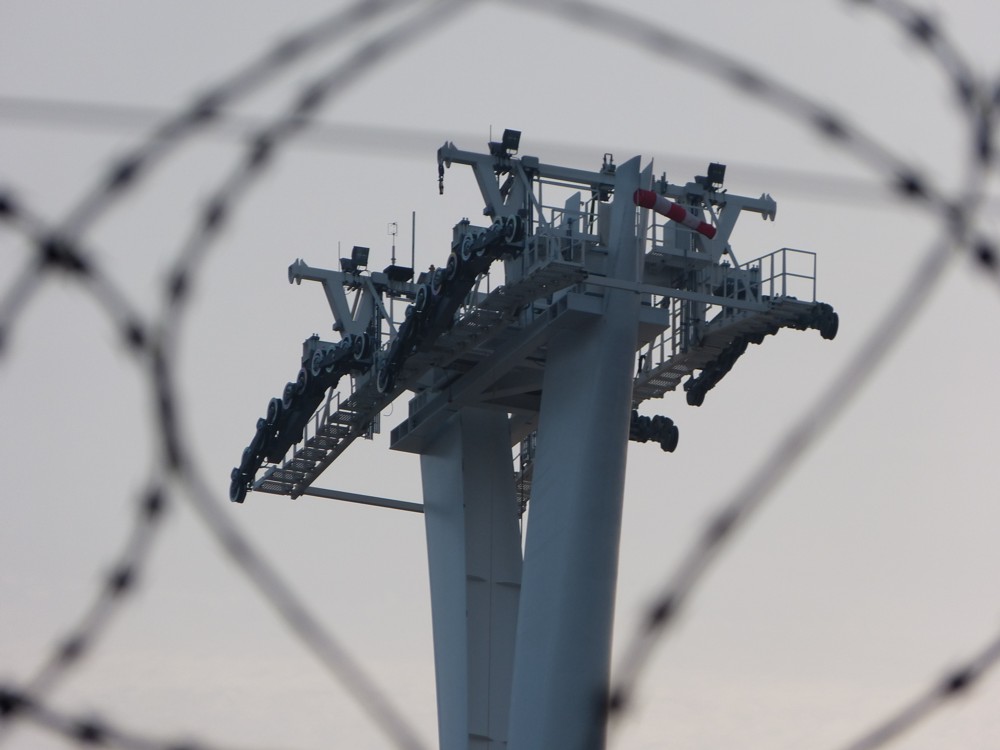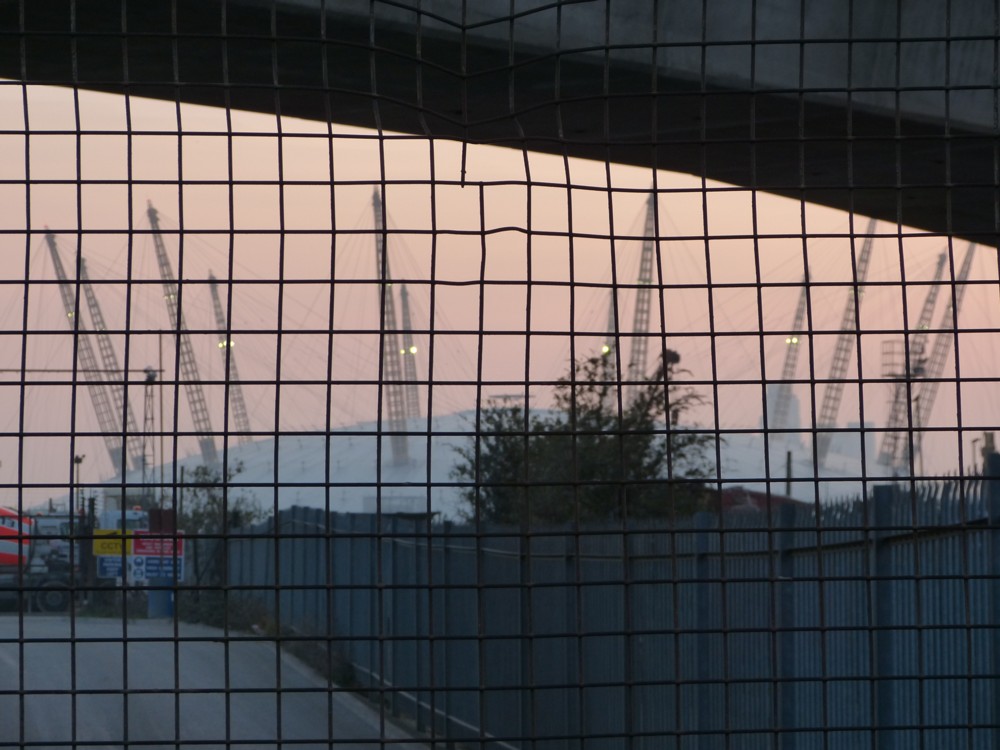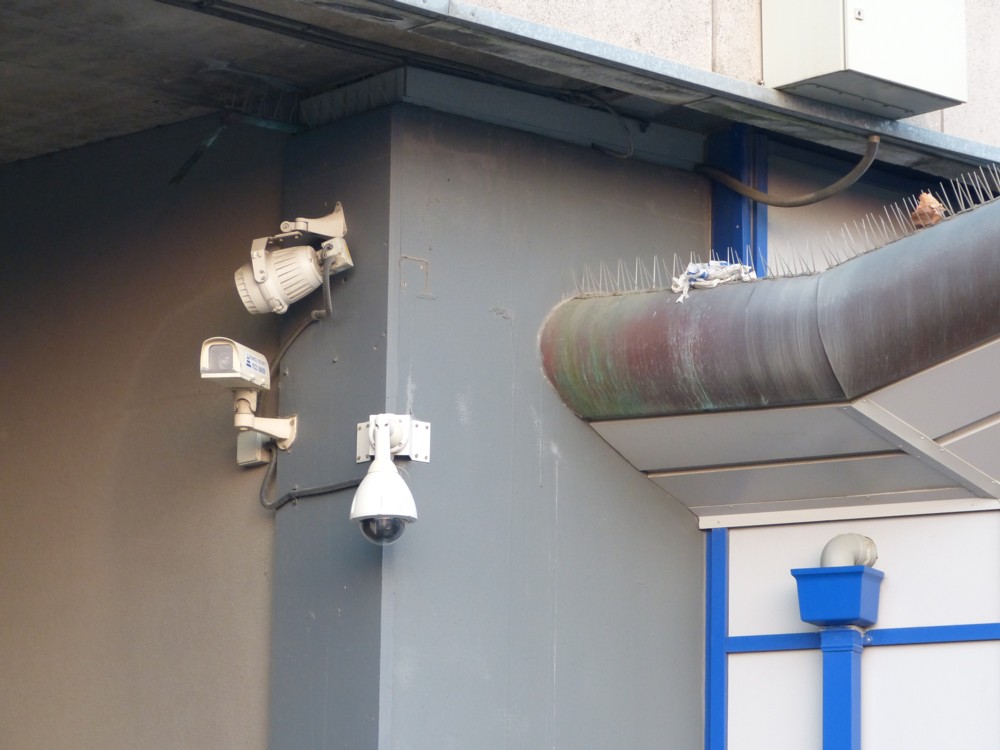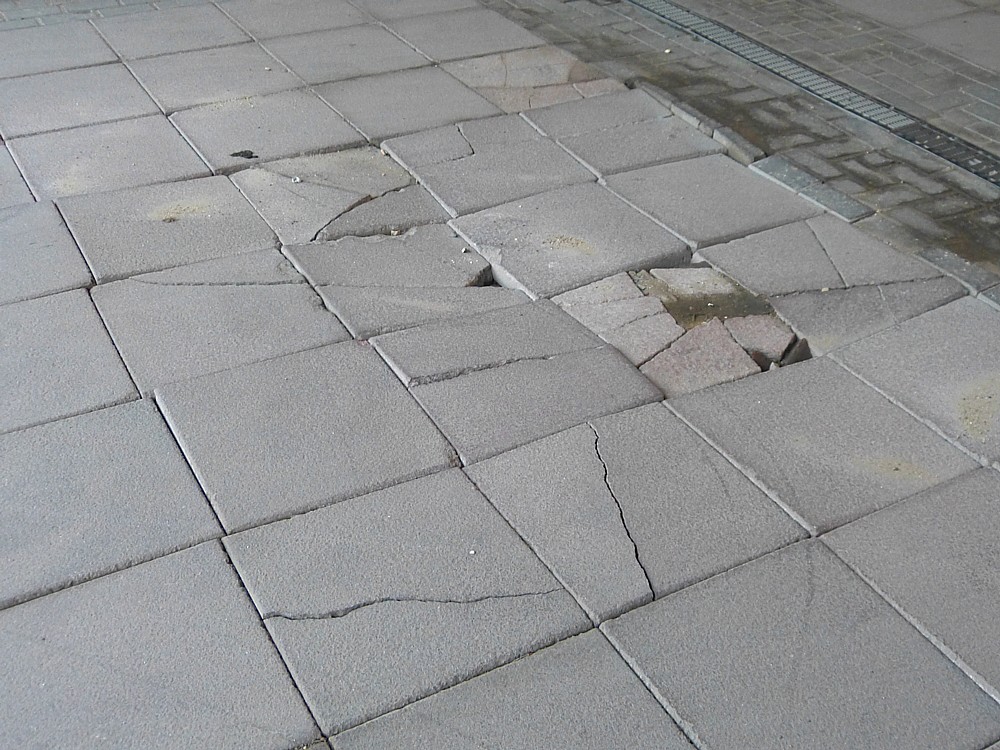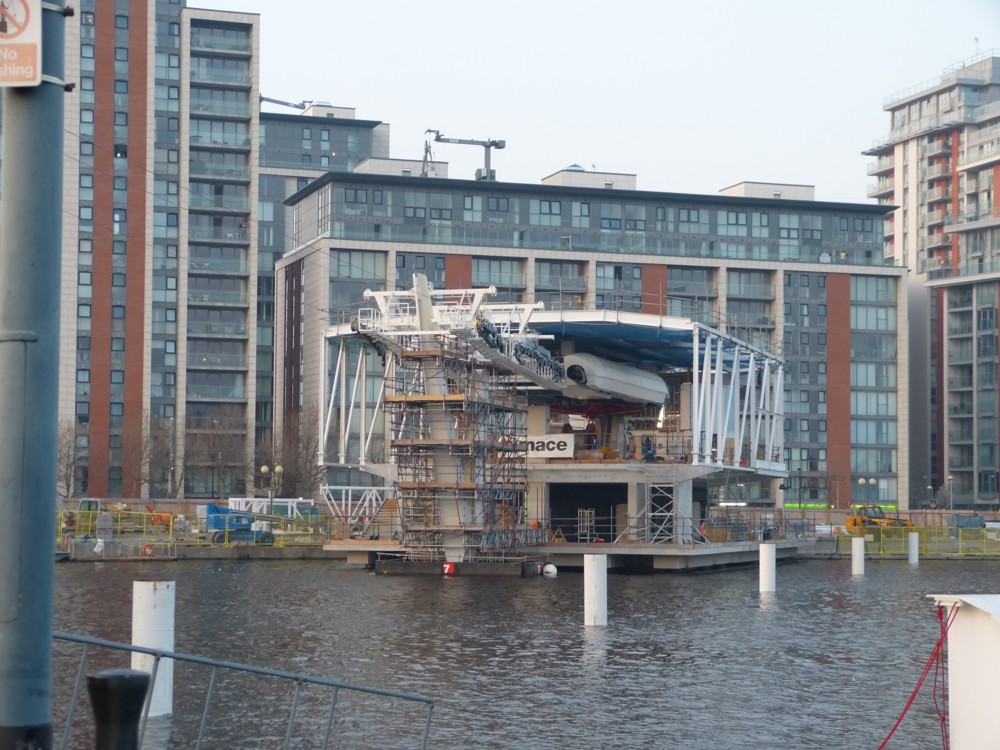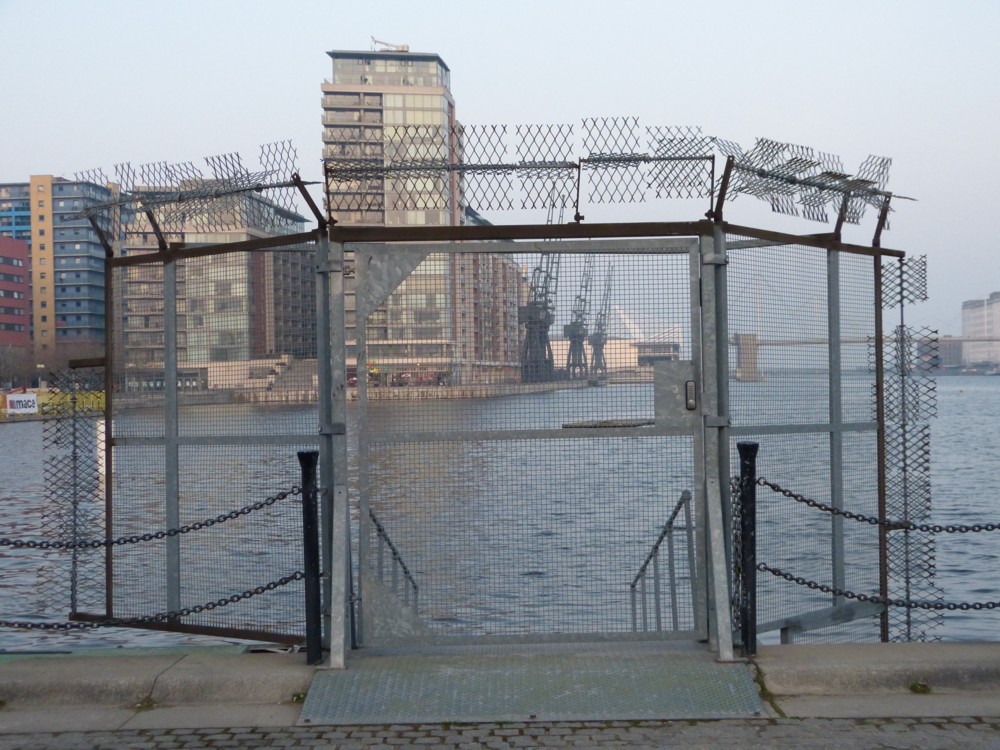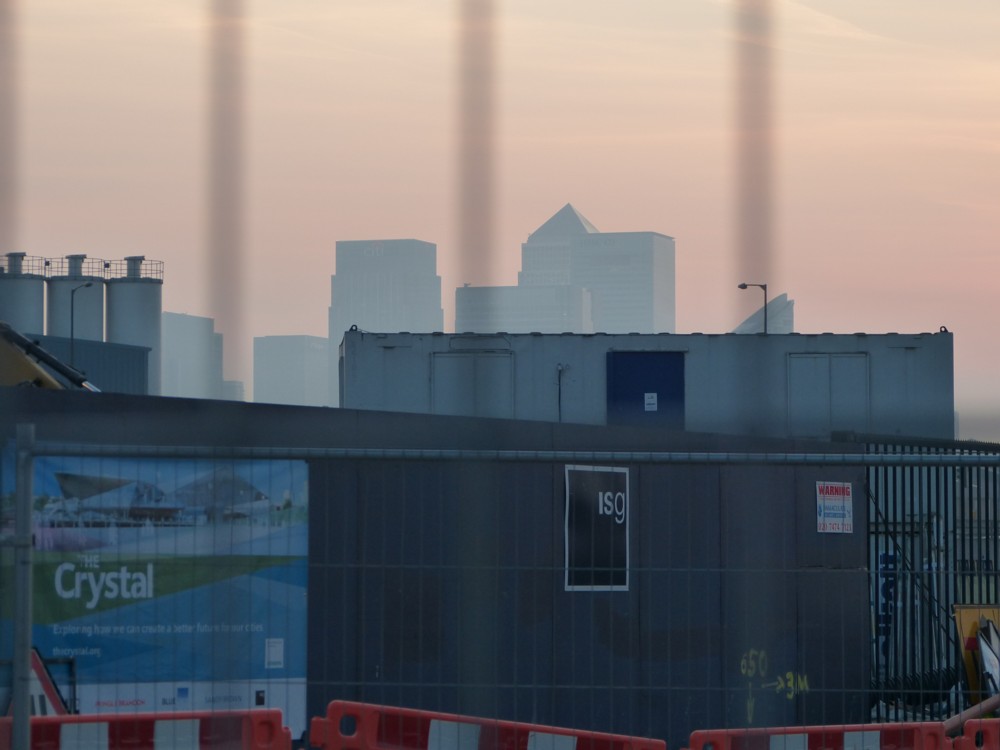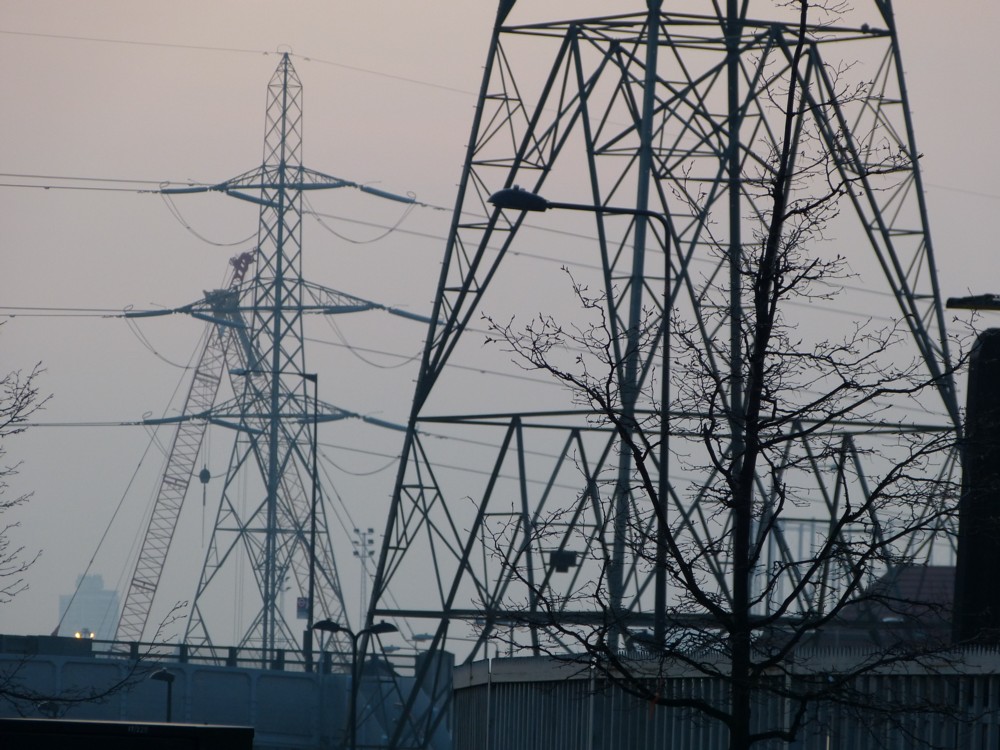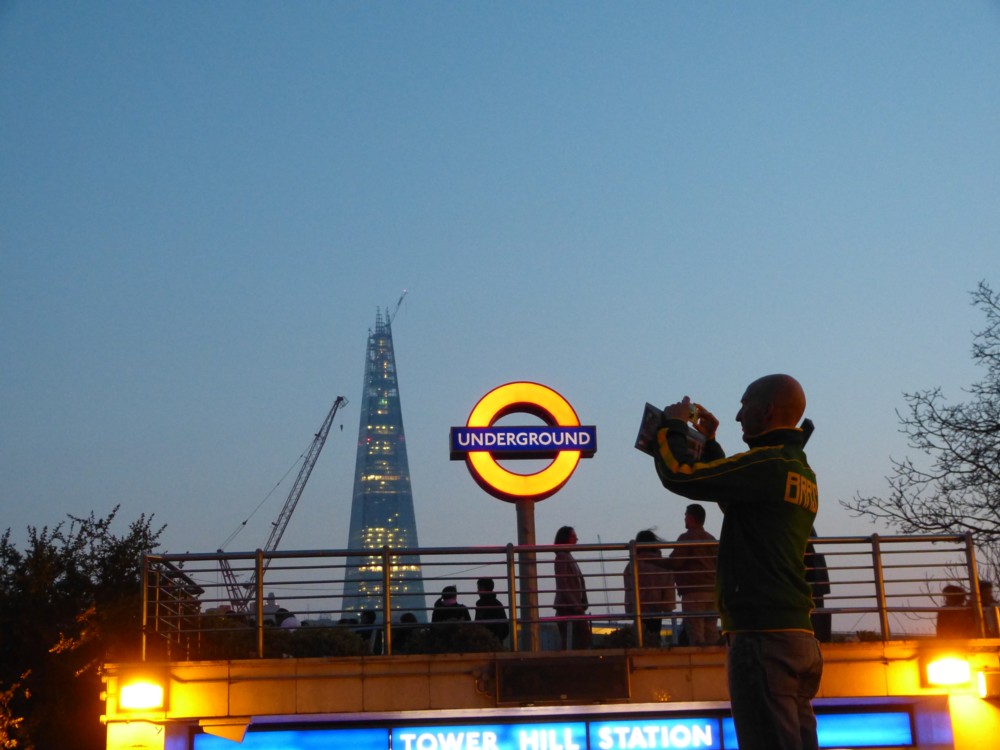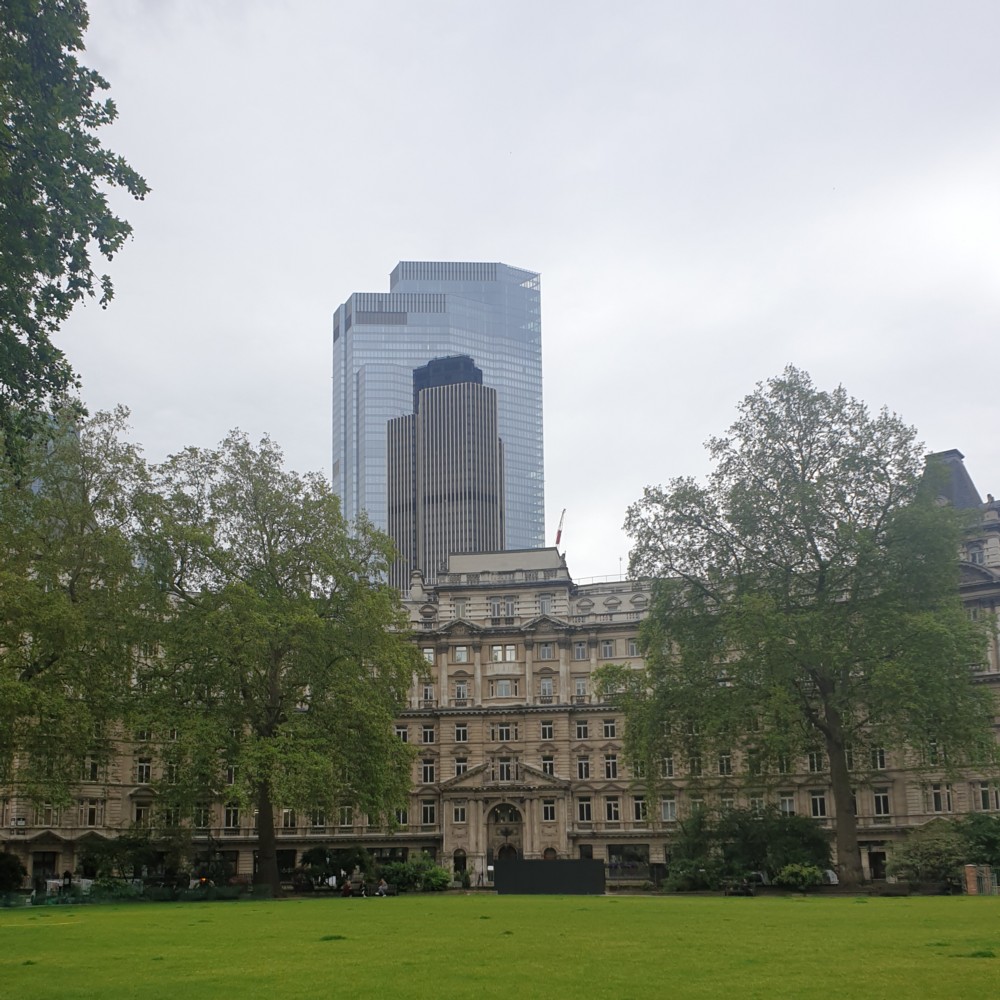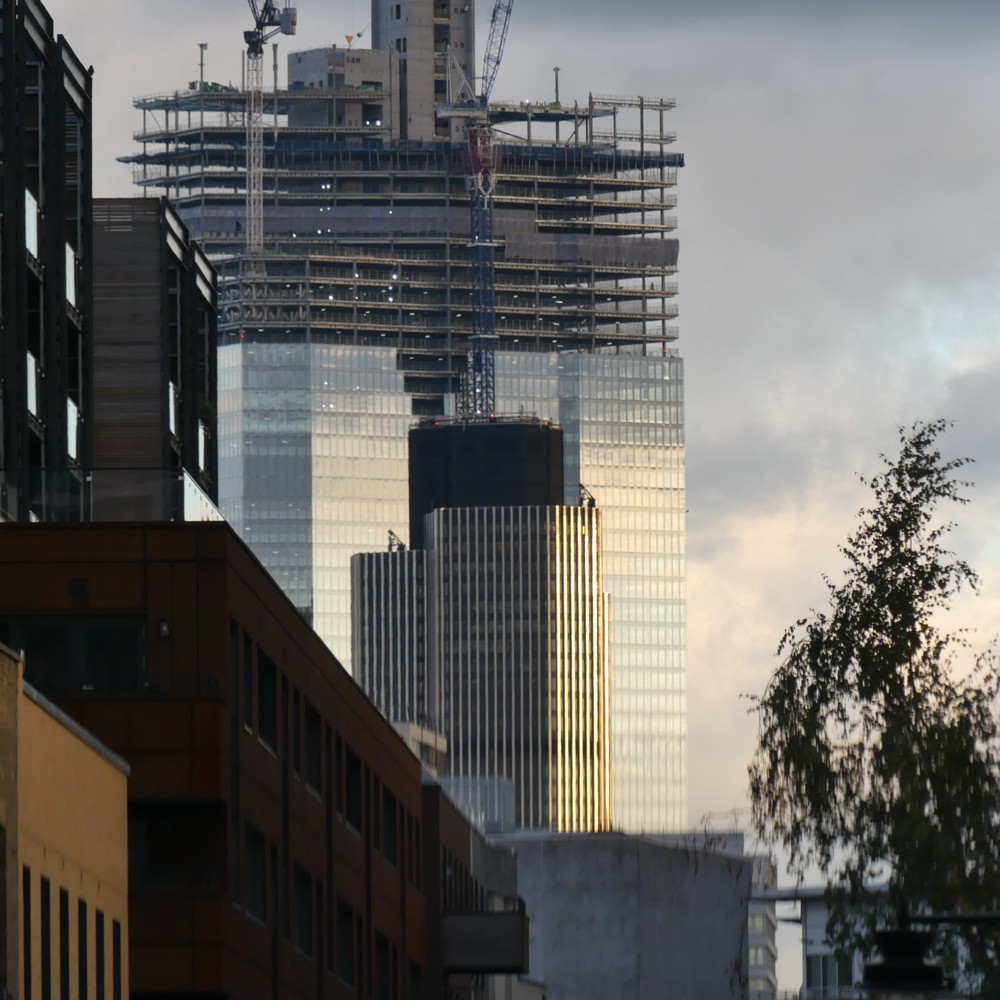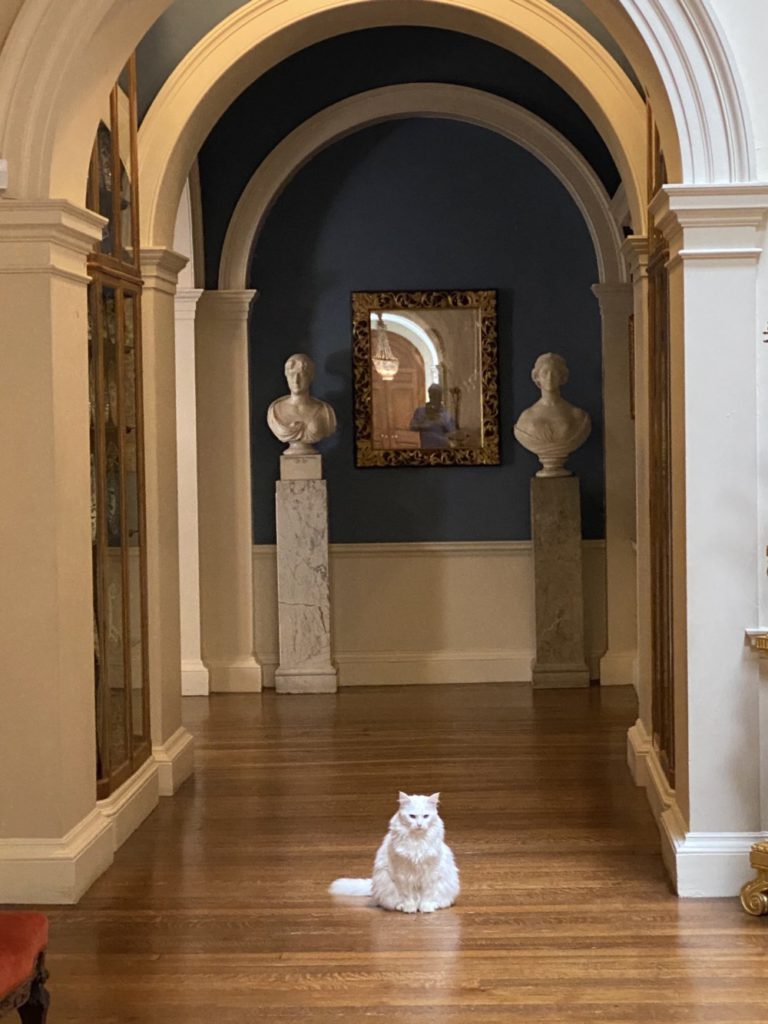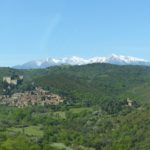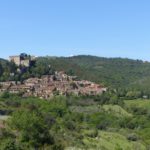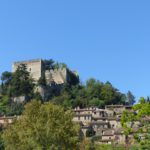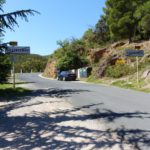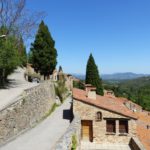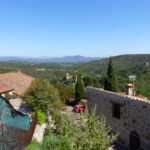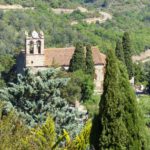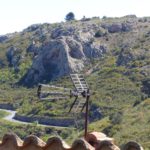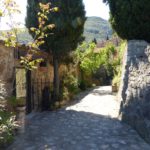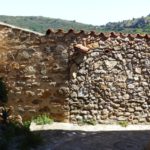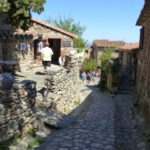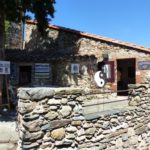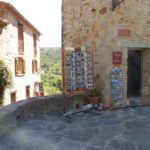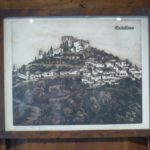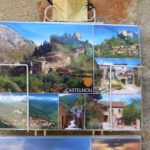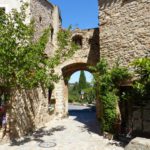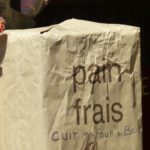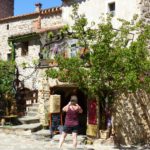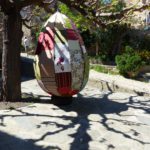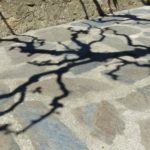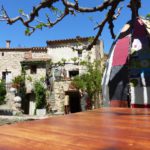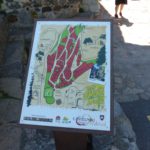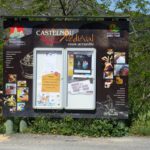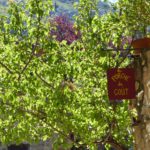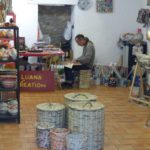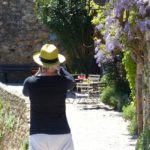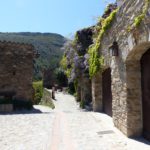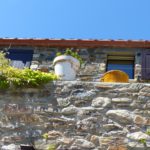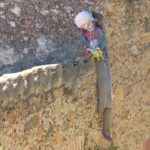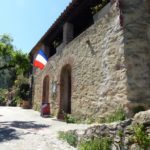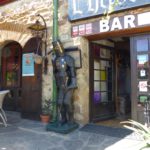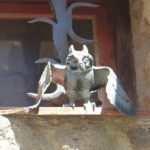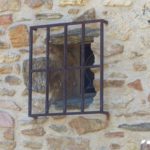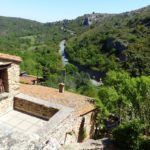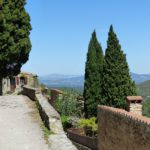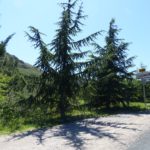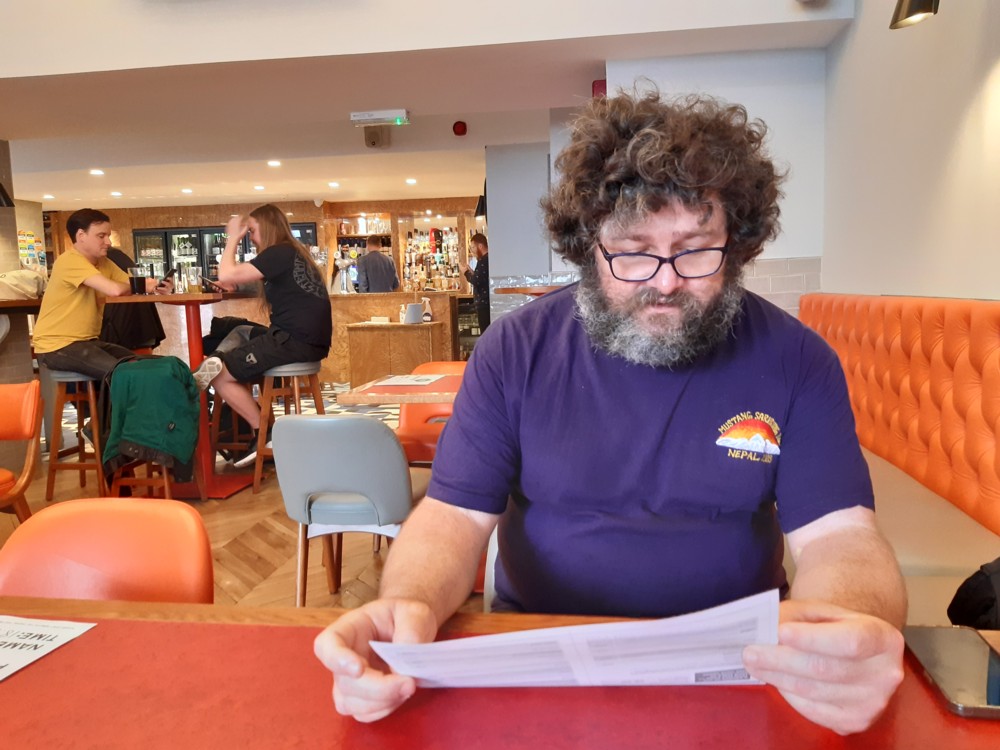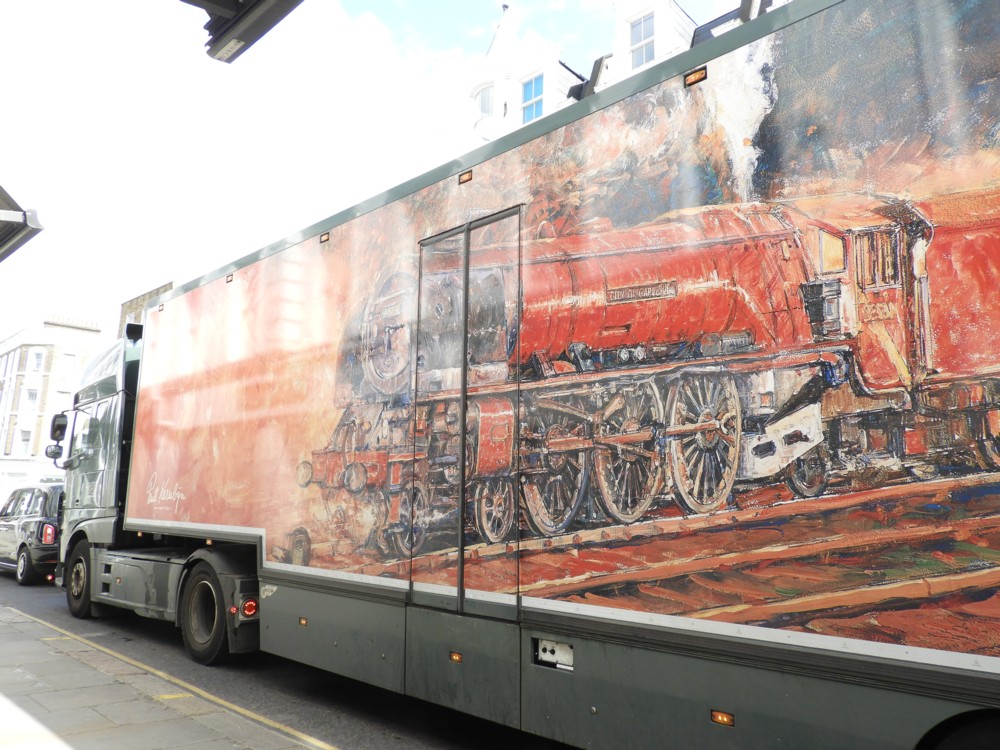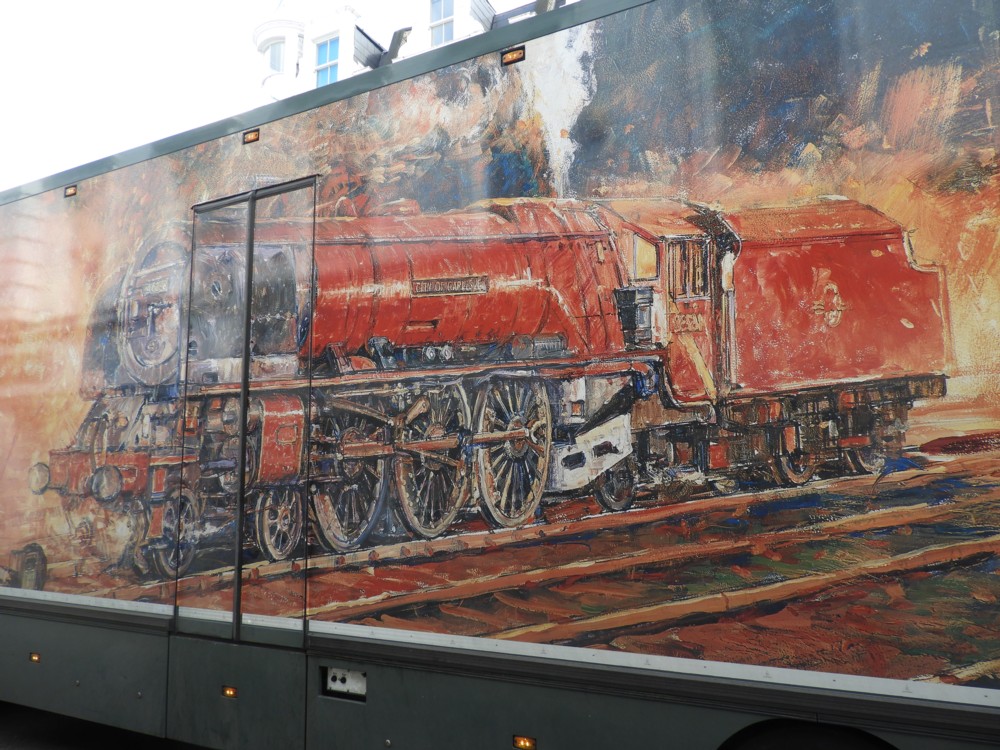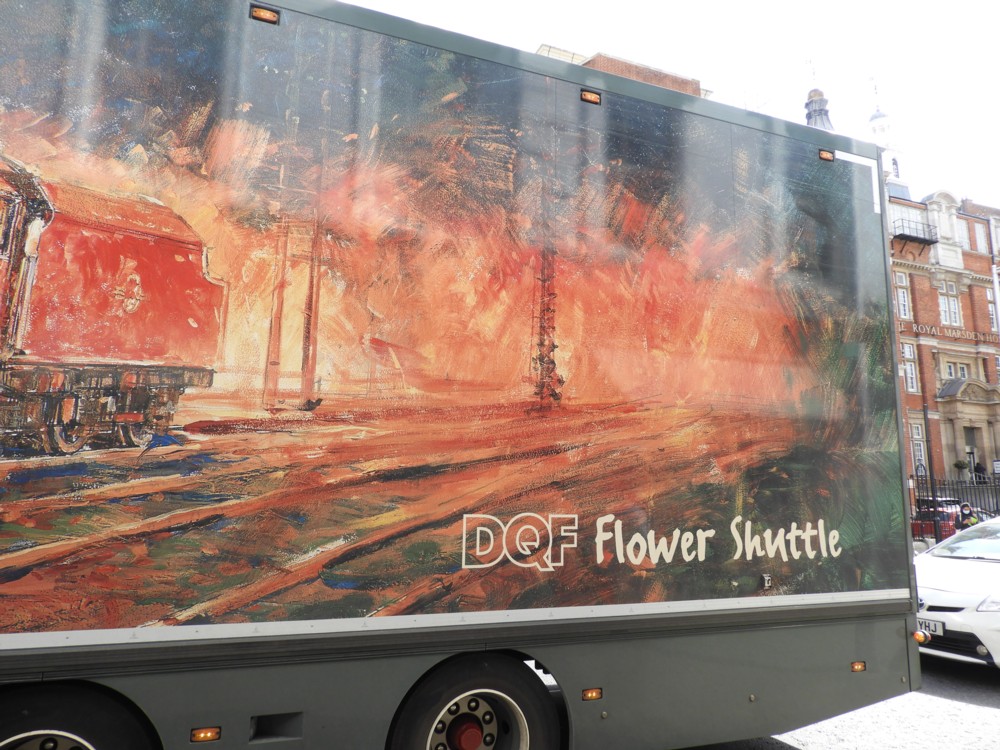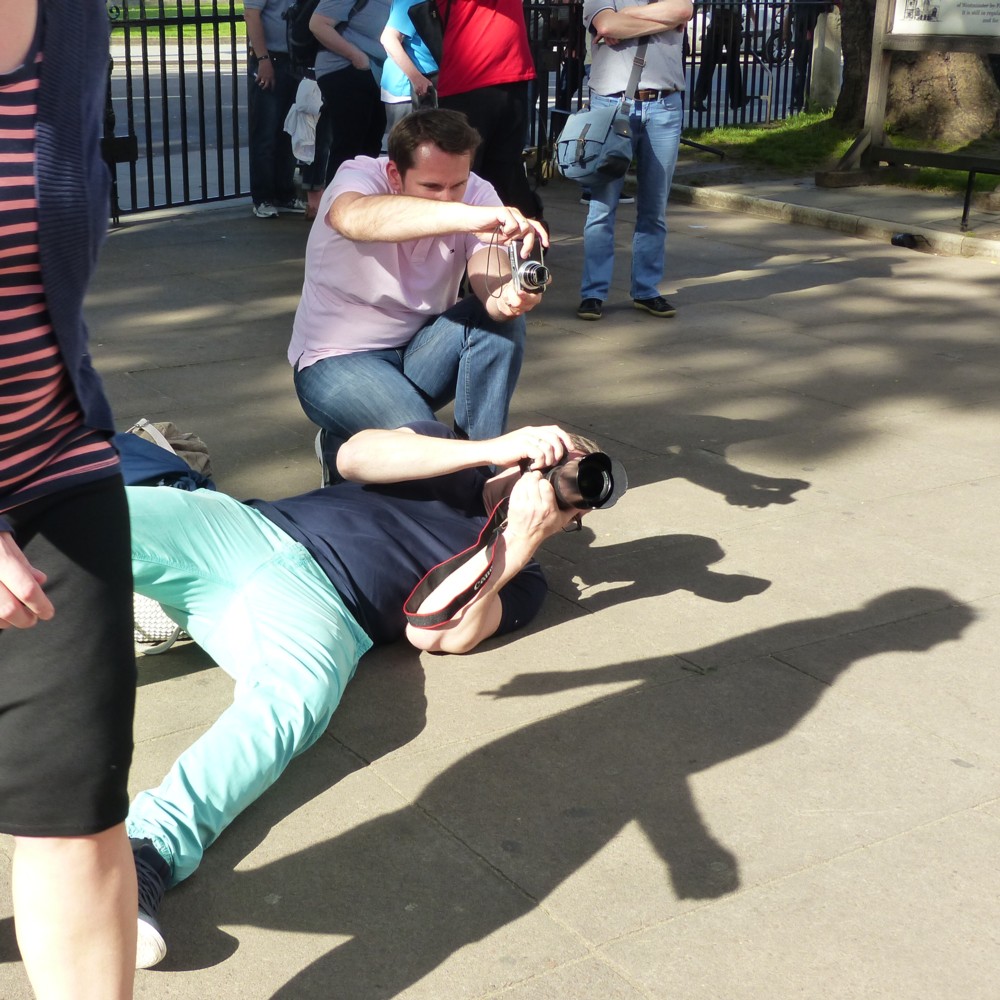Castelnou is a small and impossibly picturesque hill town in the lower reaches of the Pyrenees, in the far south of France. GodDaughter2’s parents and I went by car, just over five years ago now, in May 2016, to check it out. And yes, the weather was as marvellous in Castelnou as it has recently been unmarvellous in London.
Nowadays, I find that my expeditions have as their officially designated destination a spot where I have arranged to meet up with a friend and exchange chat, rather than just a particular physical place I especially want to check out. But as my death approaches, not as fast as I feared it would last Christmas but still faster than I had previously supposed that it would, I find that mere Things, in London or anywhere else, aren’t enough to make me get out of the house at the time previously determined. Partly this is because if I fail to arrive at the Thing at the planned time, the Thing won’t ring me up and ask me where I got to, whereas people are inclined to do just that. And partly because the Internet tells you lots about Things, whereas actually meeting people bestows knowledge and pleasures more profound and subtle than you could obtain by any other communicational means.
The point of this Castelnou expedition was that it was with GodDaughter2’s parents, not that it was to Castelnou. Castelnou was just an excuse for us all to spend time with each other, plus it gave us things to talk about.
But of course, once in Castelnou, I photoed photos galore, of which these are just a few:
A few more things to say.
First, there are cats and dogs involved (as well as a bird statue), hence this posting appearing here on a Friday. The cats were very friendly and sociable. The dogs were more cautiously proprietorial, but none were aggressive. Which I think reflects well on us tourists. We all behave well towards these creatures, and they behaved towards us accordingly.
Second, what’s wrong with being a tourist? I am sure that “tourists” have been featured on the popular TV show Room 101. But if I was ever on Room 101 I would want to banish from the world “tourists who complain about all the other tourists”. Tourism is a fine thing, enjoyable for those of us who do it or we wouldn’t keep doing it, and profitable for those who cater to our needs. Many good things happen because of us tourists. Besides all the deserving people who get to earn a living from it, there are the conversations that tourists have with the locals whom they encounter, and with each other, which can sometimes have have wonderfully creative consequences. Many an economic success story has started with a conversation involving tourists. Tourists bring the world, as it were, to particular places, and places into contact with other places, and thereby are able to provoke creative thoughts that would otherwise not have occurred to anyone.
Does tourism “spoil” places like Castelnou? Hardly. I’ll bet you Castelnou is a much happier, prettier and more interesting place than it was before it started attracting tourists.
And finally, Castelnou is a fine example of an aesthetic process that fascinates me more and more, which is the way that when an architectural style first erupts, it is hated, but then when it settles back into being only a few surviving ruins, people find that same style, to quote my own words in the first sentence of this posting, impossibly picturesque. Castelnou began as a castle, which then gathered dwellings around it. And you can bet that the people in the vicinity of this castle hated it and feared it, that being the whole idea. But once the castles stopped being built in such numbers and when the castles that survived began turning into ruins, they then also turned into objects of affection, first for locals, and then, even more, for visitors from many miles away.
Tangenting somewhat, I was yesterday predicting that the next wave of architectural fashion is going to be a lot more colourful. And it is. But, lots of people will, for as long as this new fashion lasts and seems to be on the march (the military metaphor is deliberate), hate that fashion, and regret the passing of the drearily monochromatic tedium that they now only grumble about (because that is now still on the march).
Is Castelnou perchance the French, or maybe the Catalan, for Newcastle? Sounds like it to me.

